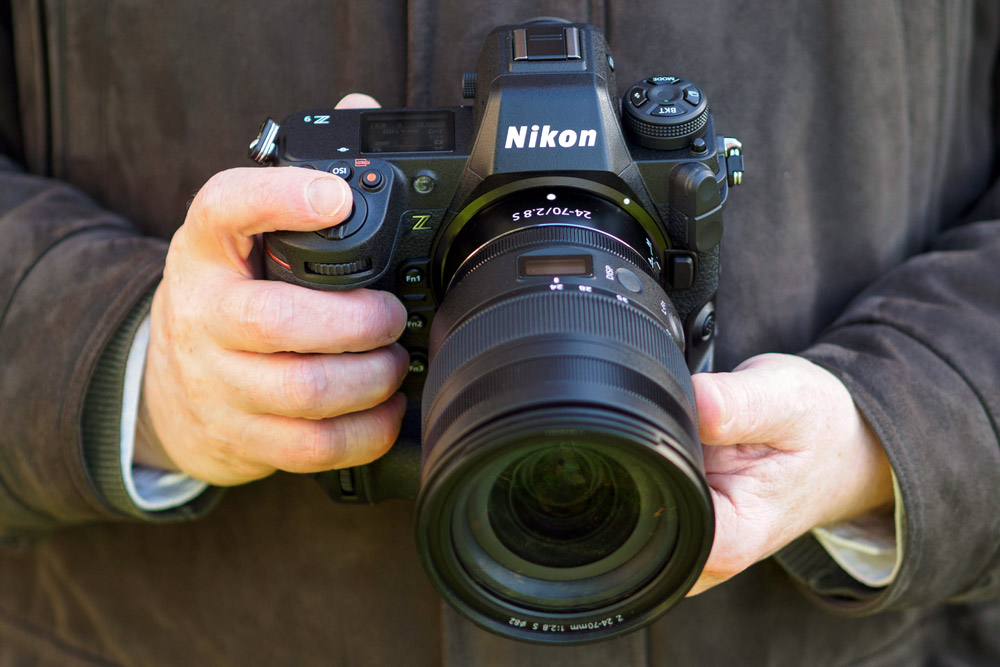Full frame mirrorless camera: The best full frame mirrorless camera in 2023
10 Cheapest Full-Frame Mirrorless Cameras in 2023
Published: June 06, 2023
Full-frame cameras have never been so affordable before, it is not even hard to find options under 1,000 USD. Here is a list of 10 Cheapest full-frame mirrorless cameras in the market followed by a size comparison (click on the image for larger version) and specs comparison:
- Sony Alpha A7 II – $899 ( AMAZON / B&H PHOTO )
- Nikon Z5 – $999( AMAZON / B&H PHOTO )
- Canon EOS RP – $999 ( AMAZON / B&H PHOTO )
- Canon EOS R – $1,399 ( AMAZON / B&H PHOTO )
- Canon EOS R8 – $1,499 ( AMAZON / B&H PHOTO )
- Panasonic Lumix DC-S5 – $1,499 ( AMAZON / B&H PHOTO )
- Sony Alpha A7c – $1,599 ( AMAZON / B&H PHOTO )
- Sony Alpha A7 III – $1,699 ( AMAZON / B&H PHOTO )
- Nikon Z6 Mark II – $1,699 ( AMAZON / B&H PHOTO )
- Canon EOS R6 – $1,999 ( AMAZON / B&H PHOTO )
Size Comparison of 10 Cheapest Full-frame Mirrorless Cameras
(Click on the image for larger version)
Specs Comparison of 10 Cheapest Full-frame Mirrorless Cameras
| FEATURE and SPECS COMPARISON | |||||||||
|---|---|---|---|---|---|---|---|---|---|
| Model | Sony Alpha A7 II | Sony Alpha A7 III | Nikon Z5 | Canon EOS RP | Panasonic Lumix DC-S5 | Canon EOS R8 | Sony Alpha A7c | Nikon Z6 Mark II | Canon EOS R6 |
| Sensor Resolution | 24. |
24.0 MP | 24.0 MP | 26.0 MP | 24.0 MP | 24.0 MP | 24.0 MP | 25.0 MP | 20.0 MP |
| Announced Date | 2014-11-20 | 2018-02-27 | 2020-07-20 | 2019-02-14 | 2020-08-14 | 2023-02-08 | 2020-09-14 | 2020-10-14 | 2020-07-09 |
| Camera Type | Pro Mirrorless | Pro Mirrorless | Advanced Mirrorless | Advanced Mirrorless | Pro Mirrorless | Advanced Mirrorless | Advanced Mirrorless | Pro Mirrorless | Pro Mirrorless |
| Sensor Type | CMOS | BSI-CMOS | CMOS | CMOS | CMOS | CMOS | BSI-CMOS | BSI-CMOS | CMOS |
| Sensor Size | Full frame | Full frame | Full frame | Full frame | Full frame | Full frame | Full frame | Full frame | Full frame |
| Sensor Sensitivity | ISO 100 – 25600( expands to 50 – 51200) | ISO 100 – 51200( expands to 50 – 204800) | ISO 100 – 51200( expands to 50 – 102400) | ISO 100 – 40000( expands to 50 – 102400) | ISO 100 – 51200( expands to 50 – 204800) | ISO 100 – 102400( expands to 50 – 204800) | ISO 100 – 51200( expands to 50 – 204800) | ISO 100 – 51200( expands to 50 – 204800) | ISO 100 – 102400( expands to 50 – 204800) |
| Lens Mount | Sony E | Sony E | Nikon Z | Canon RF | Leica L | Canon RF | Sony E | Nikon Z | Canon RF |
Image Stabil. |
Sensor-shift ( up to 4.5 stops) | Sensor-shift ( up to 5.0 stops) | Sensor-shift ( up to 5.0 stops) | Digital only | Sensor-shift ( up to 6.5 stops) | Digital only | Sensor-shift ( up to 5.0 stops) | Sensor-shift | Sensor-shift ( up to 8.0 stops) |
| Eye Tracking Focus | |||||||||
| Weight | 599g | 650g | 675g | 485g | 714g | 461g | 509g | 705g | 680g |
| Dimensions | 127 x 96 x 60mm | 127 x 96 x 74mm | 134 x 101 x 70mm | 133 x 85 x 70mm | 133 x 97 x 82mm | 133 x 86 x 70mm | 124 x 71 x 60mm | 134 x 101 x 70mm | 138 x 98 x 88mm |
| Weather Sealing | |||||||||
| Focus Points | 117 | 693 | 273 | 4779 | 225 | 1053 | 693 | 273 | 6072 |
| Animal Eye Tracking | |||||||||
| Focus Stacking | |||||||||
| Post Focus | |||||||||
| Focus Bracket | |||||||||
| Minimum Shutter | 30 sec | 30 sec | 30 sec | 30 sec | 60 sec | 30 sec | 30 sec | 30 sec | 30 sec |
| Maximum Shutter | 1/8000sec | 1/8000sec | 1/8000sec | 1/4000sec | 1/8000sec | 1/4000sec | 1/4000sec | 1/8000sec | 1/8000sec |
| Continuous Drive | 5.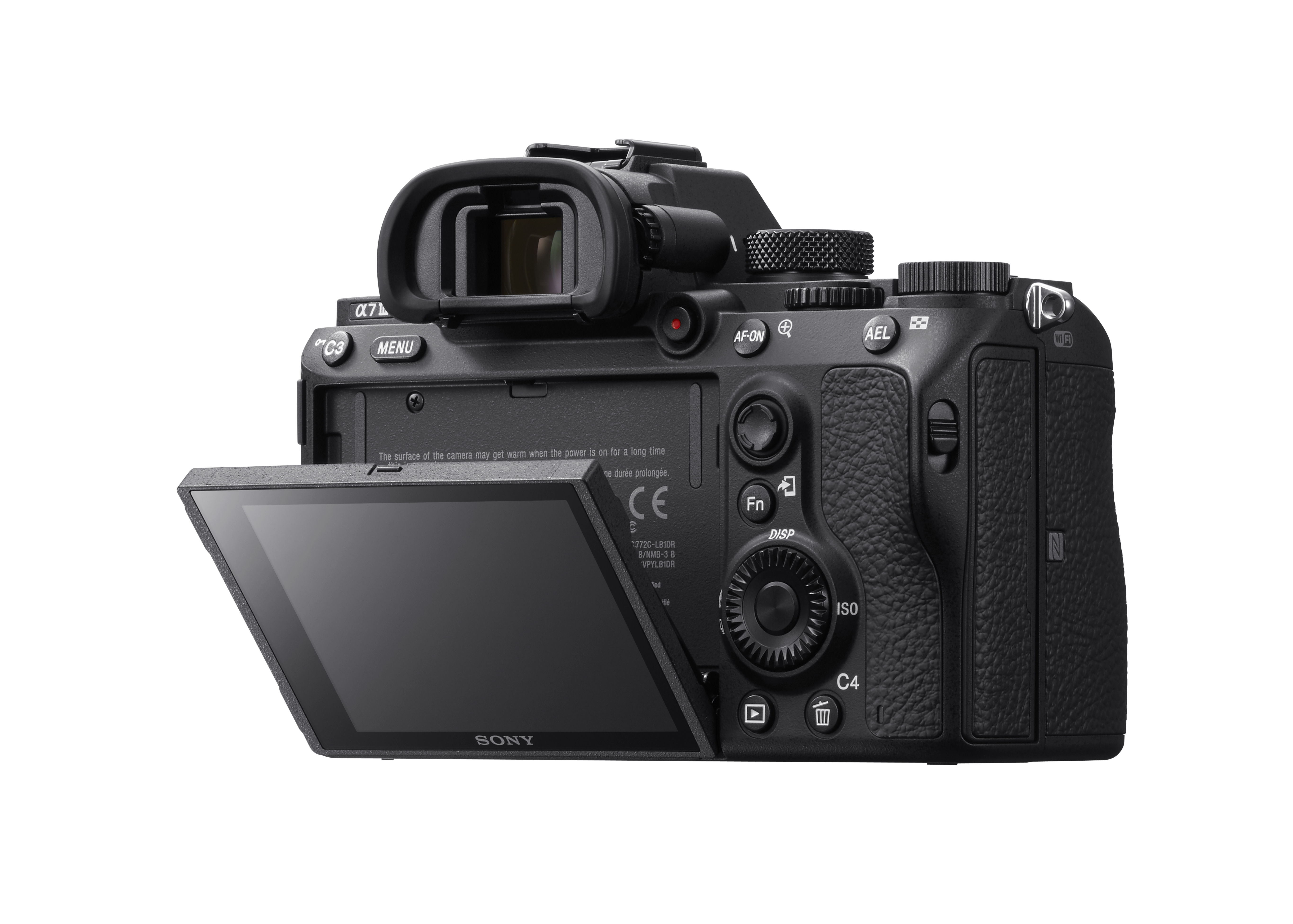 0fps 0fps |
10.0fps | 4.5fps | 5.0fps | 7.0fps | 6.0fps | 10.0fps | 14.0fps | 12.0fps |
| Max Video Reso | 1920 x 1080 | 3840 x 2160 | 3840 x 2160 | 3840 x 2160 | 3840 x 2160 | 3840 x 2160 | 3840 x 2160 | 3840 x 2160 | 3840 x 2160 |
| Video fps at Max | 60p,60i,24p | 30p,24p | 30p, 25p, 24p | 24p | 60p,50p, 30p, 25p, 24p | 60p,30p,24p | 30p,25p,24p | 30p, 25p, 24p | 60p,30p, 23.98p |
| Video Formats | MPEG-4, AVCHD, XAVC S | MPEG-4, AVCHD, XAVC S, H.264 | MPEG-4, H.264 | MPEG-4, H.264 | MPEG-4, H.264, H.265 | MPEG-4, H.264, H.265 | MPEG-4, XAVC S, H.264 | MPEG-4, H.264 | MPEG-4, H.264, H.265 |
| UHS Support | UHS-I | UHS-II | UHS-II | UHS-II | UHS-II | UHS-II | UHS-II | UHS-II | UHS-II |
| Battery Life | 350 | 610 | 470 | 250 | 440 | 290 | 740 | 410 | 360 |
| Battery Model | NP-FW50 | NP-FZ100 | EN-EL15c | LP-E17 | DMW-BLJ31 | LP-E17 | NP-FZ100 | EN-EL15c | LP-E6NH |
| RAW Video | |||||||||
| Webcam | |||||||||
| Anti Flicker | |||||||||
| Microphone Port | |||||||||
| Headphone Port | |||||||||
| Wifi | |||||||||
| Weather Sealing | |||||||||
| Timelapse | |||||||||
| Screen Type | Tilting | Tilting | Tilting | Fully articulated | Fully articulated | Fully articulated | Fully articulated | Tilting | Fully articulated |
| Top LCD | |||||||||
| LCD Size | 3.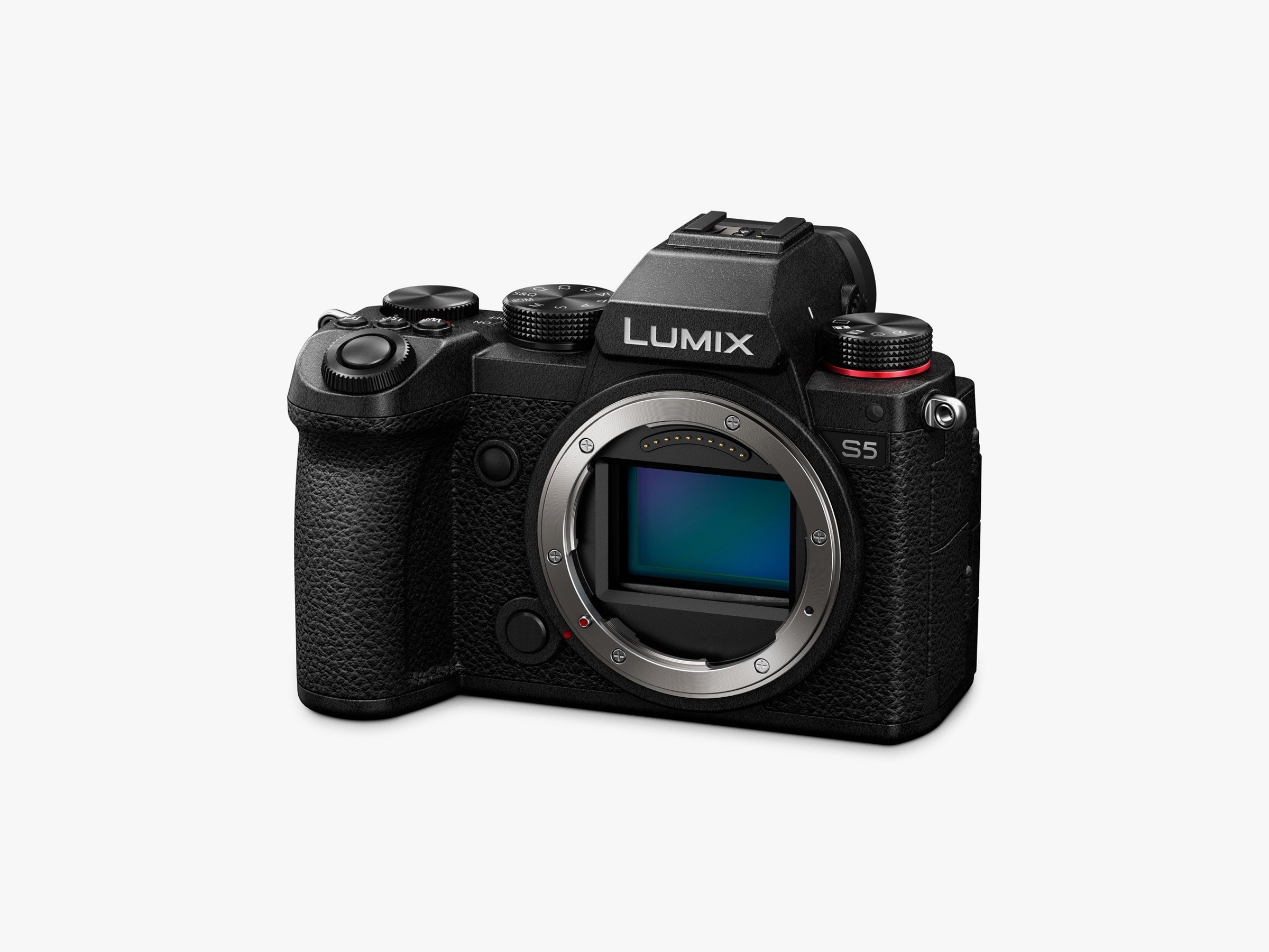 00″ 00″ |
3.00″ | 3.20″ | 3.00″ | 3.00″ | 3.00″ | 3.00″ | 3.20″ | 3.00″ |
| Screen dots | 1230000 | 921600 | 1040000 | 1040000 | 1840000 | 1620000 | 921600 | 2100000 | 1620000 |
| Touch Screen | |||||||||
| Viewfinder | |||||||||
| Viewfinder Type | Electronic | Electronic | Electronic | Electronic | Electronic | Electronic | Electronic | Electronic | Electronic |
| Viewfinder Coverage | 100% | 100% | 100% | 100% | 100% | 100% | 100% | 100% | 100% |
| Viewfinder Magnification | 0.71x | 0.78x | 0.8x | 0.7x | 0.74x | 0.76x | 0.59x | 0.8x | 0.76x |
| Viewfinder Resolution | 2,359,000 | 2,360,000 | 3690000 | 2,360,000 | 2,360,000 | 2,360,000 | 2,360,000 | 3,690,000 | 3,690,000 |
| NFC | |||||||||
| Selfie Friendly Screen | |||||||||
| High Resolution Mode | |||||||||
| AF Joystick | |||||||||
| Bluetooth | |||||||||
| Gyro data Stabilization | |||||||||
| Vehicle Tracking | |||||||||
| Live Composition | |||||||||
| Price | Amazon, B&H Photo | Amazon, B&H Photo | Amazon, B&H Photo | Amazon, B&H Photo | Amazon, B&H Photo | Amazon, B&H Photo | Amazon, B&H Photo | Amazon, B&H Photo | Amazon, B&H Photo |
FIND THIS INTERESTING? SHARE IT WITH YOUR FRIENDS!
Related Blog Posts
DISCLAIMER
**This post contains affiliate links and I will be compensated if you
make a purchase after clicking through my links.
I earn from qualifying purchases.
Carry less, shoot more. Welcome to the world of Fujifilm mirrorless digital cameras
Inside every DSLR is a large mirror that allows us to see directly through the camera’s lens when using the viewfinder. This mirror swings up out of the way when we shoot a picture, so light can reach the camera’s sensor, and then lowers back down afterwards, which adds more size and weight to a DSLR camera.
Mirrorless cameras don’t need this bulky optical viewfinder mechanism, letting photographers compose photos using an electronic viewfinder (EVF), or on a viewscreen as you would with a compact camera or smartphone. This results in a much lighter and smaller camera body.
ELECTRONIC VIEWFINDERS
- Look through an electronic viewfinder (EVF) and you’ll see the image exactly as you are about to capture it. Colour, depth-of-field, brightness and dynamic range can all be previewed as you compose a shot.
- What you see is what you get! With 100% viewfinder coverage you’ll be able to compose more accurately.
- FUJIFILM X Series cameras boast electronic viewfinders with up to 2.36-dot resolution, for fine detail and superb clarity.
- Virtually no viewfinder ‘lag’, for a responsive and natural shooting experience.
- Photographers who like to have the option of shooting with a traditional optical viewfinder should look at the FUJIFILM X-Pro2 and FUJIFILM X100F cameras. Both of these mirrorless cameras have hybrid viewfinders that swap between electronic and optical modes with the flick of a switch.
LESS SHAKE AND VIBRATION
- The movement of the mirror in a DSLR causes additional vibration, which can translate into camera-shake blur that spoils sharpness. Without the mirror, there are fewer vibrations and less chance of blur when you inspect an image for critical sharpness.
- Being smaller and lighter than DSLRs, mirrorless cameras are also easier to hold still when shooting.
SIZE AND WEIGHT
- There’s a saying in photography: ‘The best camera is the one you have with you’. With the FUJIFILM X Series, you don’t have to compromise on image quality in order to get a more portable camera.
- Mirrorless cameras aren’t just good for saving space in your bag; they’re also less intimidating in the eyes of your subjects. Small cameras are more discreet than DSLRs when shooting pictures, meaning you can take more natural and candid shots.
- Lenses in the X Series line-up are significantly smaller than those you’d buy for a DSLR. They offer incredible quality, too, and features such as Optical Image Stabilisation.
FAST AND ACCURATE FOCUSING
- There’s little difference between the speed with which DSLRs and mirrorless X Series cameras focus.
However, some of our cameras can be fine-tuned for different forms of moving subject – great for sports, action and wildlife photographers.
- Focusing with mirrorless cameras is accurate, too. Autofocus (AF) is performed with the same digital sensor that captures the image, so there’s no discrepancy between what you see and what you get. Our X Series cameras are equipped with up to 325 AF points and can be set to focus on faces automatically – perfect for shallow-focus portraiture.
Q: WHAT IS THE BATTERY LIFE LIKE ON A MIRRORLESS CAMERA, COMPARED WITH A DSLR?
A: Mirrorless cameras use smaller batteries than DSLRs to help with portability, and it’s true that smaller batteries don’t pack as much charge as larger units. But this means that smaller batteries are more affordable and you’ll have more room in your bag for spares. You’ll also still get hundreds of shots from a single battery charge.
Some X Series cameras have an accessory battery grip that extends shooting time by using more than one battery at a time.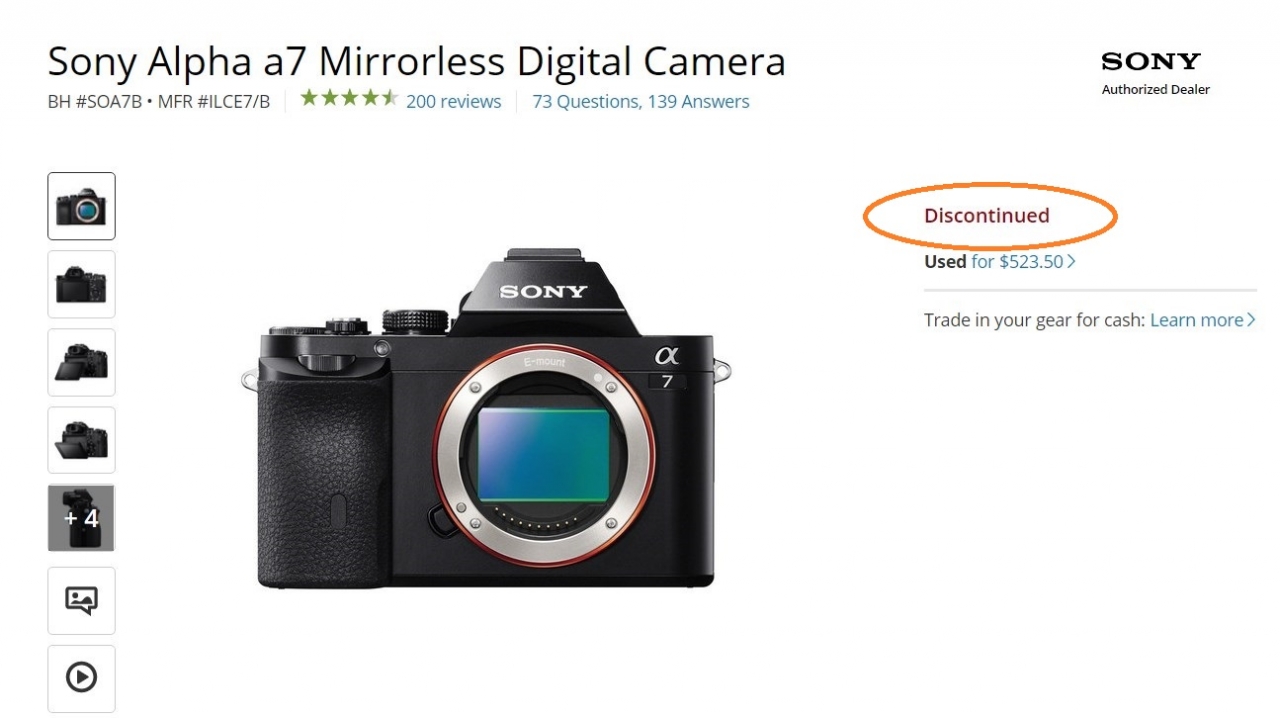
Q: I USE MY DSLR IN LOW LIGHT WITH HIGH ISO. CAN I STILL DO THAT WITH A MIRRORLESS CAMERA?
A: Yes, FUJIFILM X Series cameras offer ISO sensitivities up to ISO 12,800, which can be expanded to ISO 51,200. Many XF lenses also feature Optical Image Stabilisation (OIS) and large apertures, plus you’ll find mirrorless cameras lighter to hold than DSLRs, which helps reduce blur from camera shake.
Q: ARE MIRRORLESS CAMERAS SLOW TO REACT? I’M WORRIED I’LL MISS THE MOMENT
A: Cameras such as the FUJIFILM X-T2 are ready to shoot in 0.03sec after you flick to power switch – that’s less time than it takes to raise it to your eye. Mirrorless cameras from our X Series range have become the tools of choice for many street and candid photographers who rely on their responsive handling to capture a decisive moment.
Q: DO PROFESSIONALS USE MIRRORLESS CAMERAS?
A: Increasingly so, yes.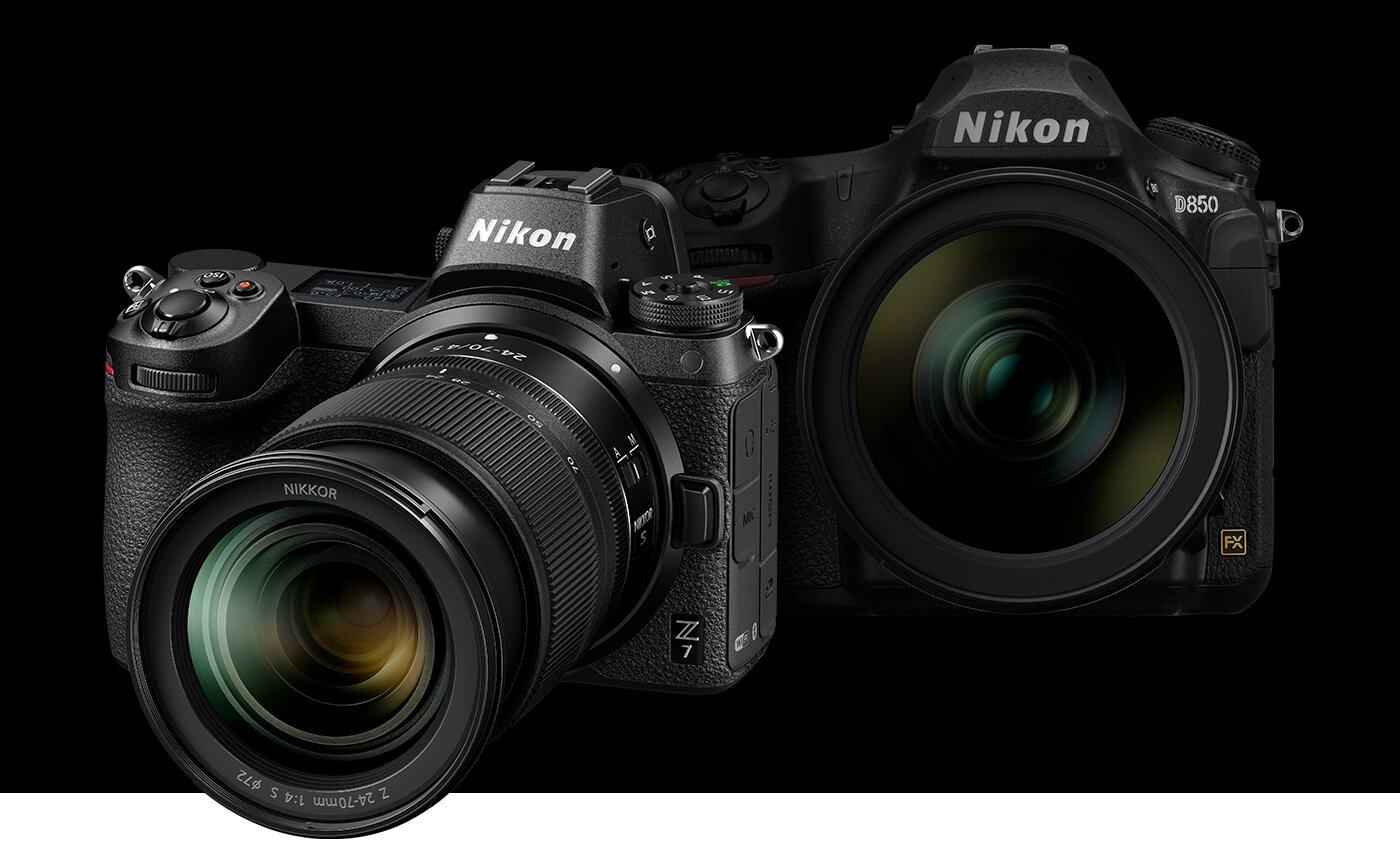
X-Pro2
TAKE A DIFFERENT VIEW ON LIFE WITH A HYBRID VIEWFNDER
X-E3
SHARE YOUR STORY WITH EASY CAMERA TO SMARTPHONE TRANSFER
X100F
SMALL AND COMPACT – YOUR CONSTANT COMPANION
X-T2
CAPTURE ACTION AND FLEETING MOMENTS WITH A CAMERA THAT’S A READY WHEN YOU ARE
X-T20
GO ANYWHERE, SHOOT EVERYTHING WITH THIS GREAT ALL-ROUNDER
Top Full Frame Cameras 2021 | Reviews | Photo, video, optics
Source: pexels.com
The end of the year is the time to take stock. We will not stand aside and analyze what 2021 has added to the pedigree of photographic equipment. So if you are planning to upgrade your arsenal, trying on the first camera and want to choose the best full-frame camera (and full-frame cameras are always a high price tag, and you can’t miss the choice), or just curious about the latest photo news, the material below is for you.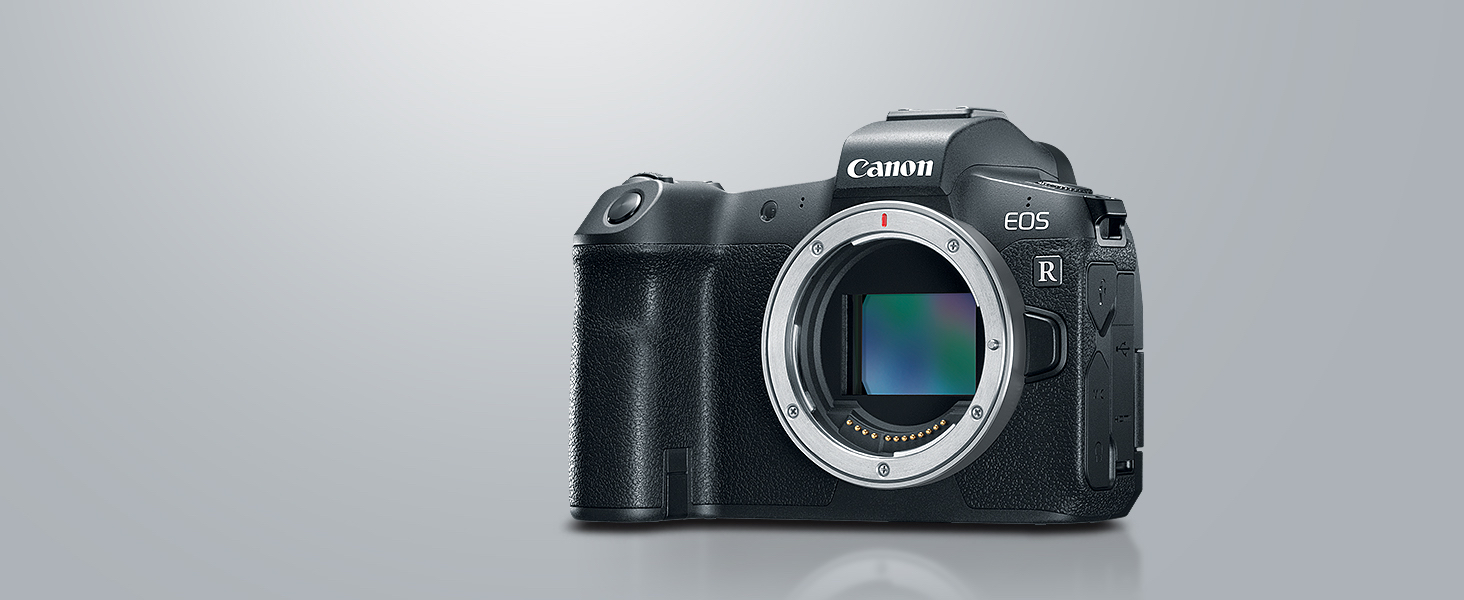
How to choose a full-frame camera
The electronic viewfinders of mirrorless cameras show the image according to the selected shooting parameters. Source: stroy-podskazka.ru
1. SLRs or mirrorless cameras
SLR cameras got their name due to the mechanism of the movable mirror. It is needed so that the frame can be seen in the optical viewfinder window. Reflected from the mirror, the light enters the viewfinder. When the shutter is pressed, the mirror moves out of the way of the light flux so that it can fall on the camera’s matrix. Due to the size of the mechanism, SLR cameras are destined to be heavy. In full-frame mirrorless cameras, the light flux is directed directly to the matrix. They have fewer fragile elements, and they themselves are more compact than DSLRs. Through the optical viewfinder of SLR cameras, you can see about the same thing that the eye can see, while the electronic viewfinders of mirrorless cameras show the picture, taking into account the selected shooting parameters: shutter speed and aperture, ISO.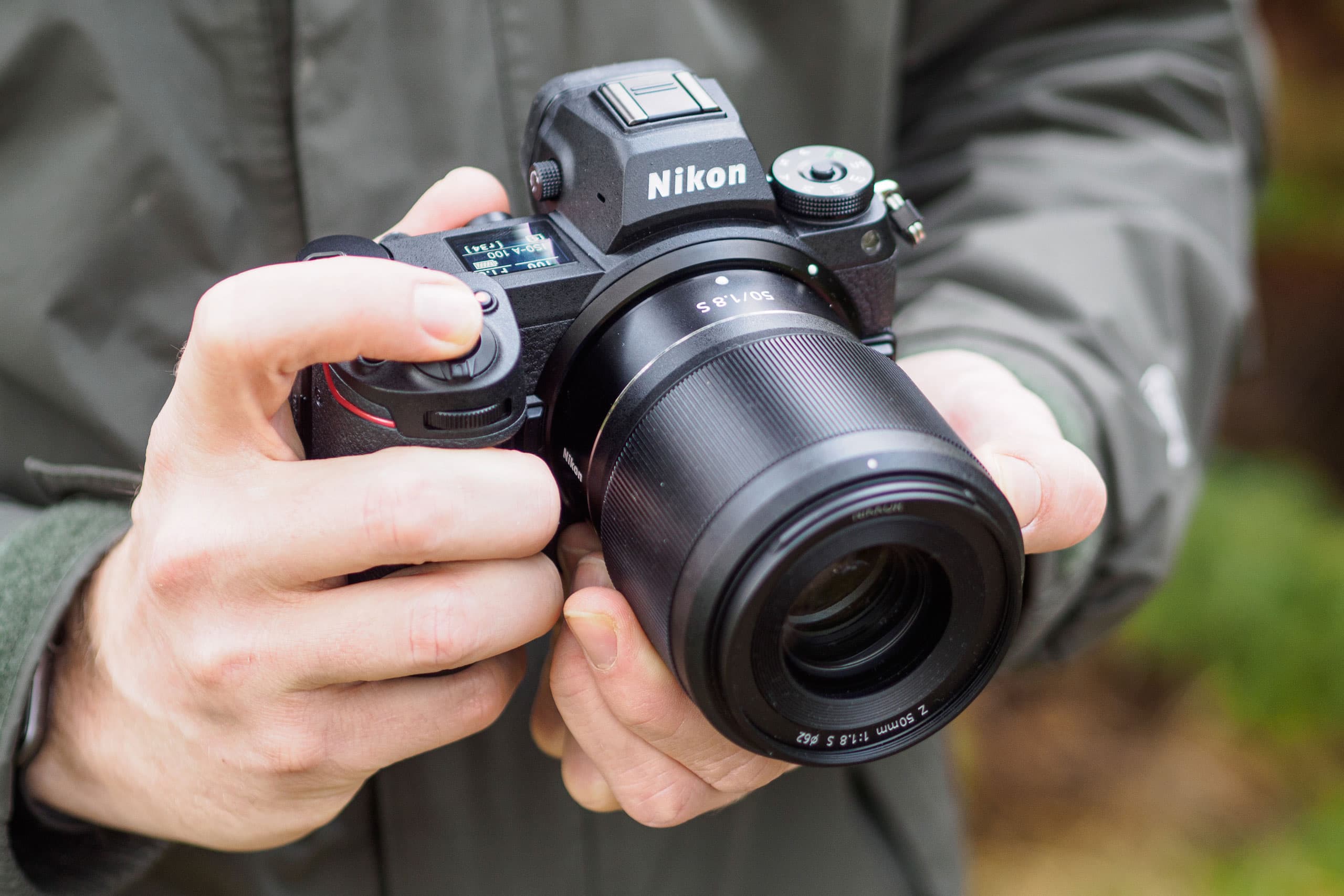
2. Megapixels and inches
It is believed that the more megapixels, the better. This is true for the detailing of frames in large-format printing, for photos everything is not so clear.
Megapixels – this is the number of photosensitive points on the matrix, its resolution. These dots can be large and collect a lot of light, or small, capable of receiving less light, causing the image to lose brightness. It depends on the physical size of the matrix. With the same matrix size, the number of megapixels may differ. After all, to fit more megapixels in the same area, you need to reduce the size of the pixels. With equal resolution, a wider matrix will give a picture brighter and clearer.
The larger the sensor size, the brighter the picture will be. Source: goja.ru
3. Matrix
We talked about the importance of the dimensions of the matrix in the last paragraph.
4. ISO sensitivity
is an indicator of the sensitivity of the camera’s sensor. He is responsible for improving the quality of shooting in the dark. ISO can be lowered if it is possible to increase the shutter speed, for example, when working with a tripod. When photographing handheld, it is better not to experiment with shutter speed so as not to get a blurry frame, and simply increase the ISO.
If a camera with a small sensor has a high ISO in the indicators, it does not matter, since such a matrix is not able to capture enough light without noise..jpg)
5. Dynamic Range
This is the camera’s ability to recognize and capture the light and dark details of a scene at the same time. The wider the dynamic range of the camera, the better. Measured in exposure steps. Exposure is controlled by three components: shutter speed, aperture and ISO.
An exposure step is a twofold increase or decrease in the amount of light that hits the camera’s sensor. By understanding what an exposure step is, you can compare shutter speed, aperture, and ISO. Simply put, if you shorten the shutter speed by 2 times (by 1 step), 2 times less light enters the matrix. The picture may come out dark. To compensate for this and bring the exposure back 1 stop, either open the aperture more or double the ISO.
6. Autofocus
The best kind of autofocus is a hybrid of contrast and phase detection. Source: canon.ru
Modern cameras usually use two types of autofocus: contrast and phase. The essence of contrast autofocus (it is used in both SLR and mirrorless cameras) is that the image in focus has more contrast than the image out of focus.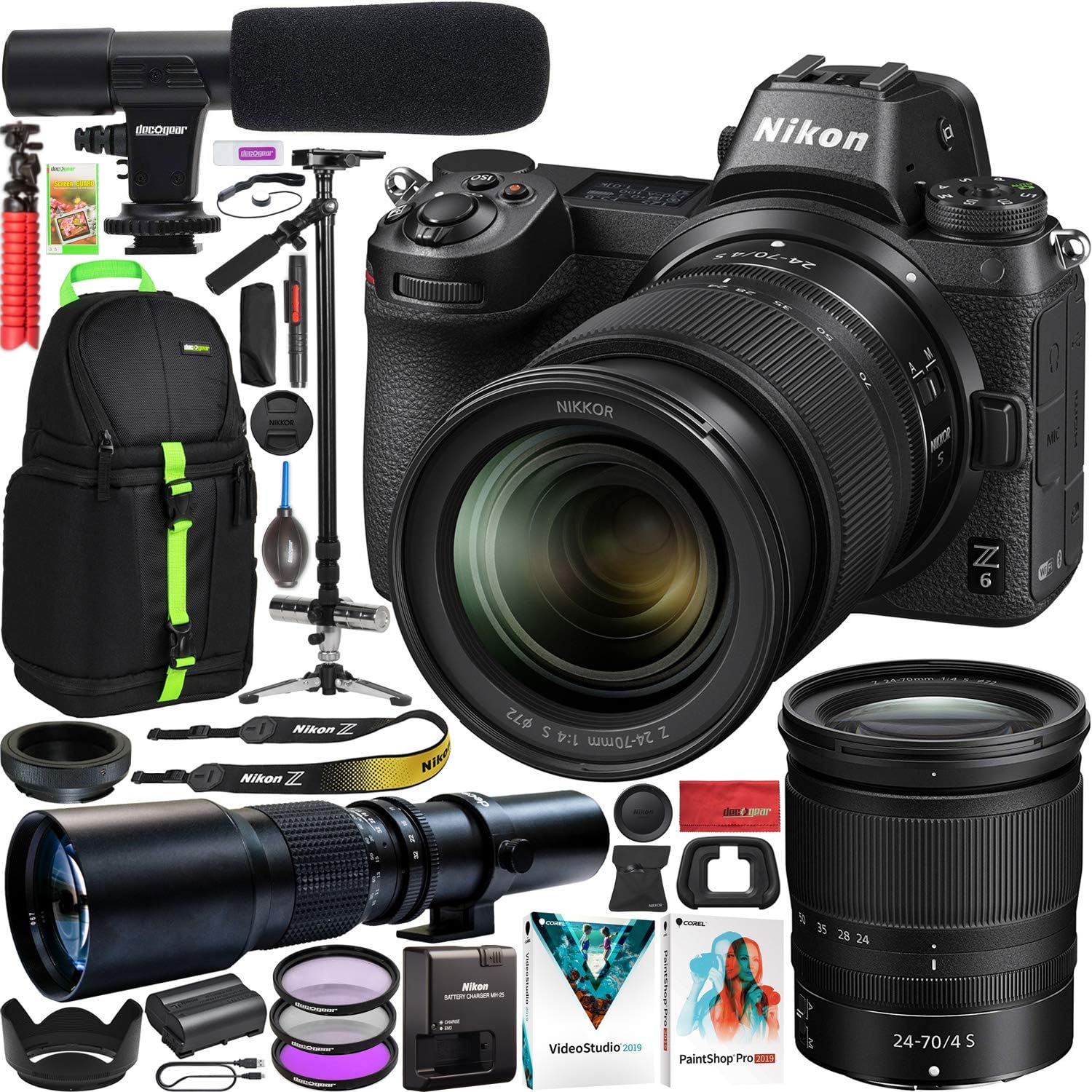
Phase detection autofocus originally appeared in SLR cameras. This is a construction of mirrors located under the matrix. It divides the incoming light beam in two (these parts are called phases) and reads which part of the sensor the light hit. If the object is in focus, then the light comes to the middle of the sensor. If not, closer to the center or edge of the sensor. Then the camera calculates how much the focus is wrong and in which direction it needs to be changed.
In mirrorless cameras, phase focusing has a slightly different look. Instead of a separate module for focusing, the main matrix is used. To do this, in each pixel, the photodiode is divided into two parts, a microlens is installed above them. Further it is analyzed how much the focus missed.
Modern cameras have many smart focus modes.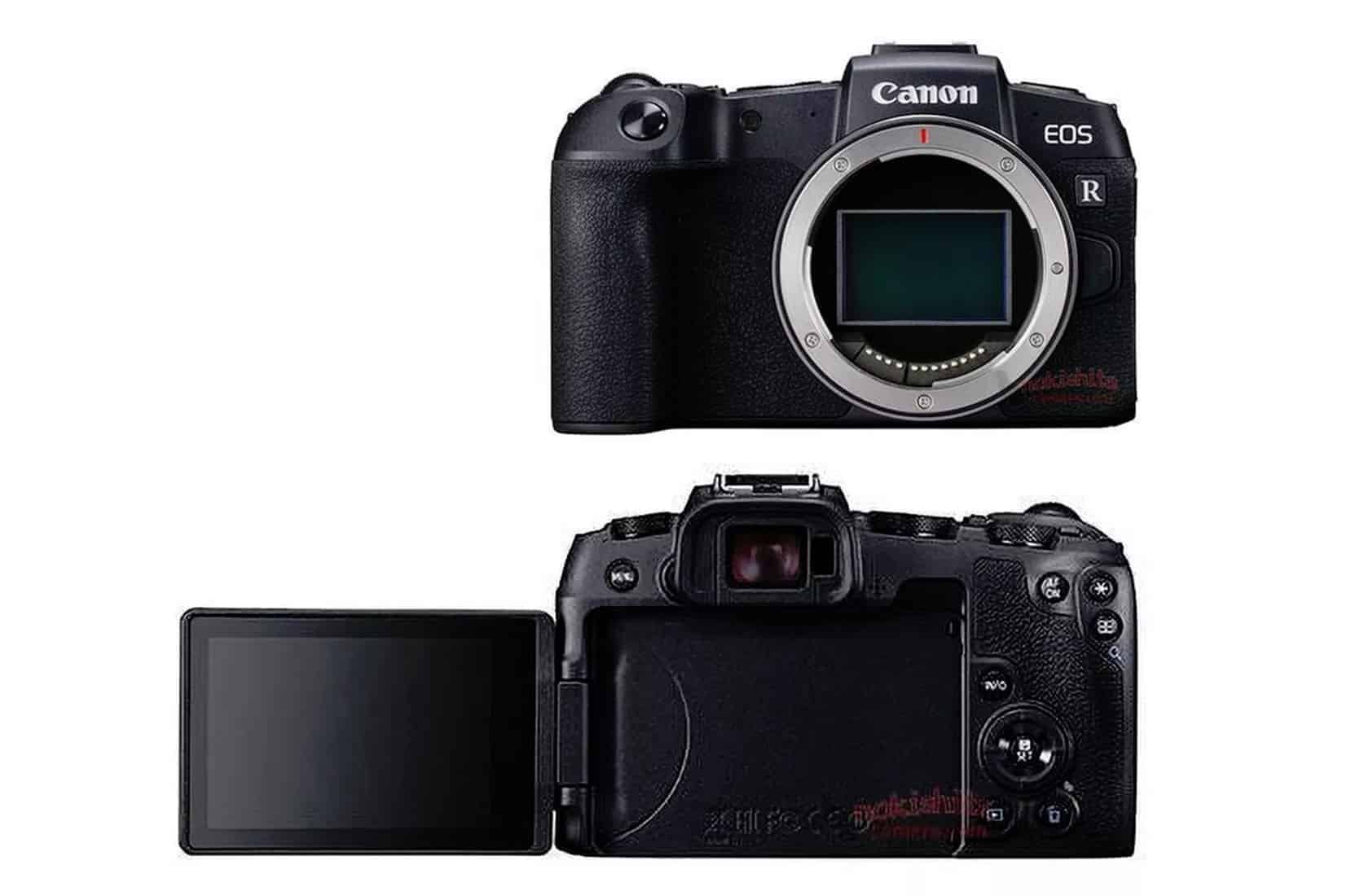
The exposure step is the distance between the available shutter speeds Source: pexels.com
7. Stabilization. Optical stabilization in lenses is provided by a movable lens unit. When the camera starts shaking, this block moves out of phase to compensate for the shaking. Thanks to optical stabilizers, the camera lenses move in the lens, but remain stationary relative to the subject.
Matrix stabilization is implemented directly into the camera. This is a mechanism that moves the matrix in antiphase to the resulting oscillations.
It is best to use matrix stabilization in combination with optical stabilization. In such cases, up to 8 stops of exposure can be compensated.
Electronic stabilization is also built into the cameras. It crops the image at the edges, narrowing the viewing angle.
8. Bitrate is important for video shooting. This is the amount of data that is encoded in a shot per second.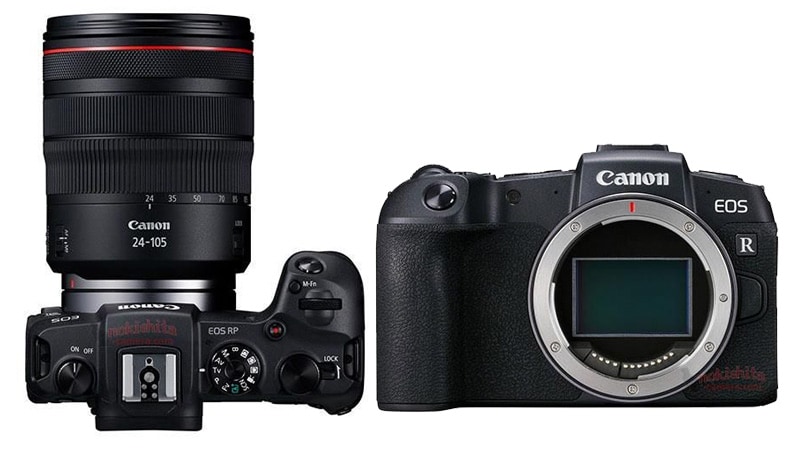
Top full-frame cameras
Sony A7III has in-matrix image stabilization. Source: 35mmc.com
Below we will analyze the best and most current full-frame mirrorless cameras:
1. Sony A7III
Released three years ago, the camera is still a good alternative to other full-frame cameras, and in the secondary market it flies in an instant. The camera is based on a 24-megapixel matrix with back light. Buffer size – 89compressed or up to 40 uncompressed RAW files. The camera uses hybrid autofocus: both contrast and phase. There is eye tracking and face recognition. The stabilizer is implemented based on matrix shift. It compensates for 5 shutter speeds. The camera can shoot Full HD and 4K. The bit rate is up to 100 Mbps.
The Sony A7S III makes up for the relatively small number of megapixels with their size.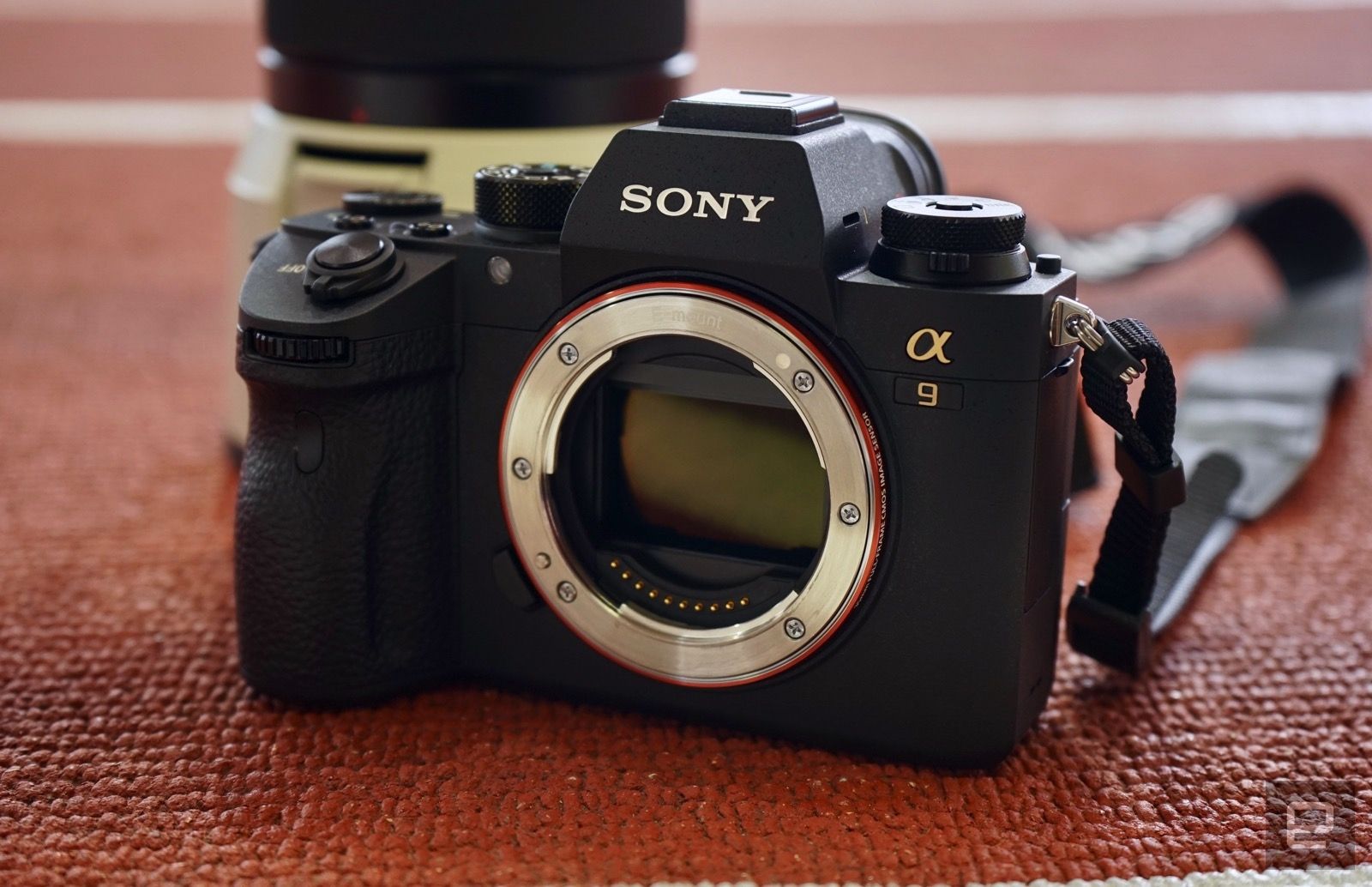
2. Sony A7S III
Sony A7S III received a 12-megapixel back-illuminated sensor, as well as a large pixel, which gives a gain in dynamic range and high working ISO. The camera is well suited for shooting in low light conditions and up to ISO 6400 shows a good level of detail, devoid of noise. A five-axis stabilizer (compensates for up-down tilts, right-left tilts, up-down linear shifts, right-left linear shifts and rotation) is implemented on the basis of matrix shift.
An important advantage of the camera is the high quality of 4K shooting. When working with an external recorder, you can record a video stream of 4K 60fps with a color depth of 16 bits (ProRes Raw). When recording to a memory card, the maximum bit rate is 500 Mb/s.
The Sony A1 uses AI technology for autofocus. Source: photar.ru
3. Sony A1
This camera has a 50-megapixel sensor. Can shoot up to 30 fps in 12-bit RAW format. Sony A1 can record video in 8K at up to 25/30 fps and bitrates of 200 or 400 Mbps.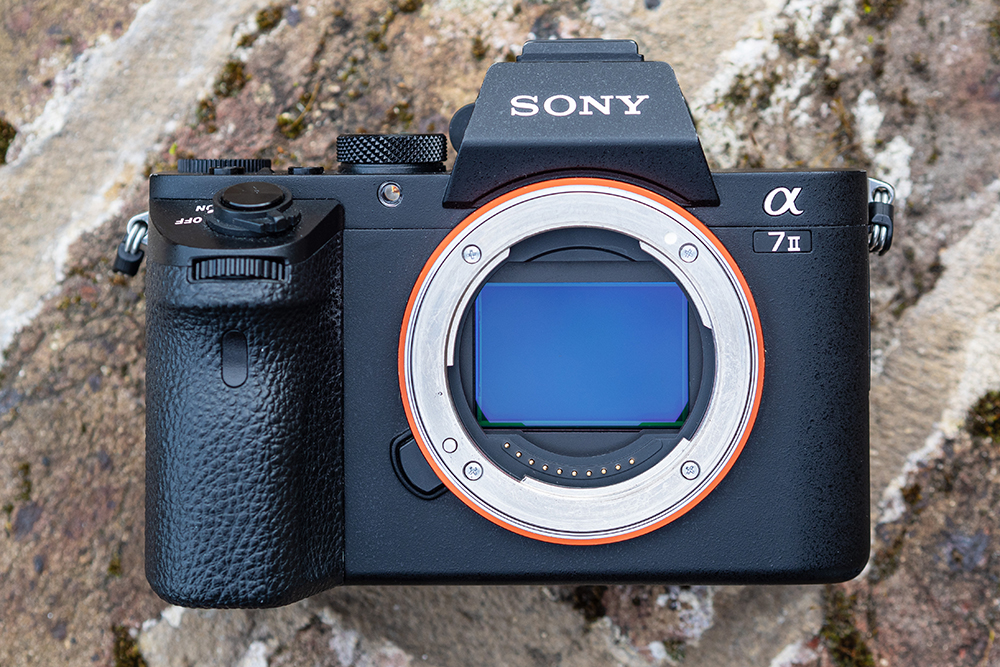
The camera uses a hybrid autofocus system. And machine learning technologies allow you to autofocus on the eyes of people and animals, as well as track an object in real time.
Nikon Z5 allows you to record video in the UHD 4K standard at 30 frames / s, although it scales the original image by a factor of 1.7. Source: nikon.ru
4. Nikon Z 6II
This camera has a 24.5-megapixel sensor, hybrid autofocus and five-axis sensor-shift stabilization that compensates for up to 4 stops in shutter speed. Camera rate of fire up to 14 fps.
Buffer size is 60 RAW frames. There is eye guidance. The camera allows you to record video in UHD 4K at 30 fps.
5. Nikon Z5
Nikon’s full-frame camera has a 24.3-megapixel sensor, hybrid autofocus (face and eye detection is available), as well as in-camera five-axis stabilization based on sensor shift.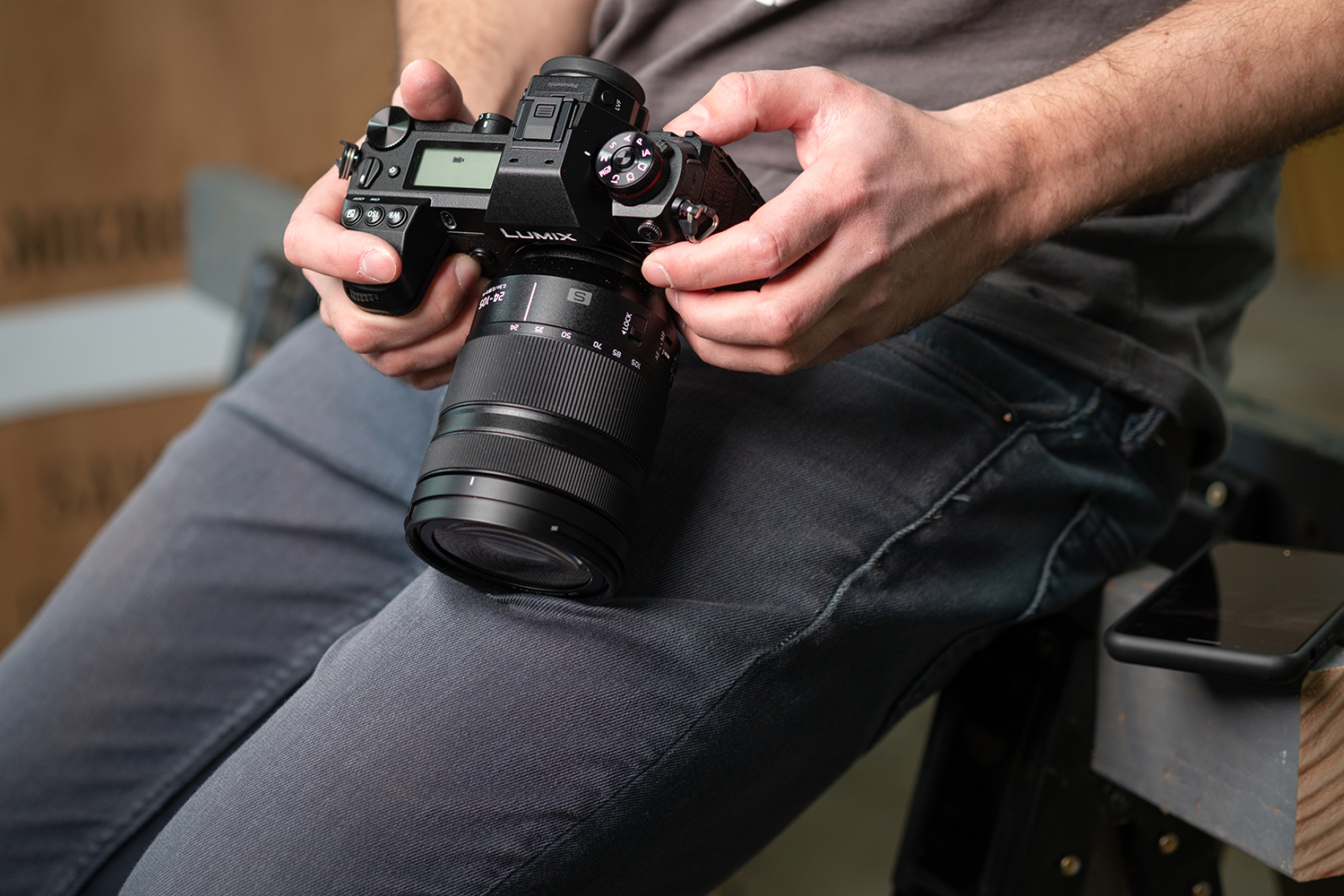
When shooting in RAW, the buffer is enough for 40 frames. The camera allows you to record video in the UHD 4K standard at 30 frames / s, however, while scaling the original image by a factor of 1.7.
6. Panasonic Lumix DC-S5This camera has a 24MP sensor. It implements contrast autofocus with improved detection of the head, face and eyes, as well as five-axis stabilization based on sensor shift. It provides compensation of up to five exposure stops, or 6.5 when combined with optical lens stabilization.
The camera is equipped with an omnidirectional display and a maximum video resolution of 4K UHD at 60 fps. The continuous shooting speed with single-frame focusing reaches 7 frames / s, and the frame buffer allows you to shoot in a burst for 3.5 seconds when recording in RAW.
Combined with the optical stabilization of the lens, the matrix one gives a gain of 8 stops of exposure.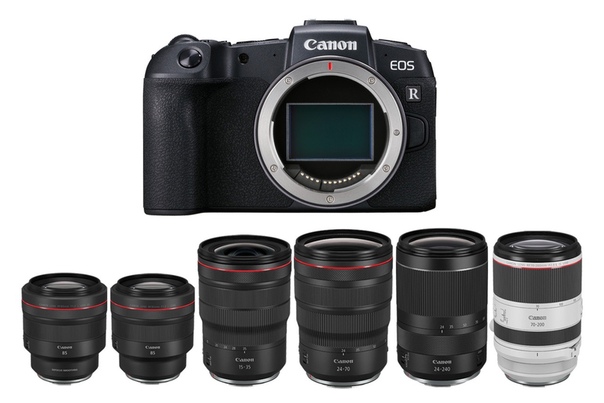
7. Canon EOS R6
Canon EOS R6 matrix resolution is 20 megapixels. Rate of fire up to 20 fps with electronic shutter and up to 12 fps with mechanical shutter. Video recording in 4K at 60 fps at 230 Mbps and Full HD at 120 fps at 120 Mbps.
The camera also received a touch screen, movable in all planes. Autofocus covers almost the entire frame. Five-axis stabilization based on matrix shift. In combination with optical stabilization of the lens, it gives an 8-stop gain in exposure time.
Canon EOS R5 can record video in 8K resolution. Source: canon.uz
8. Canon EOS R5
Canon’s top model of full-frame cameras. The older and more expensive fellow Canon EOS R6. Their main differences are that the R5 has a higher resolution – 45 megapixels. In addition, he can write video in 8K resolution at 30 frames / s and a bit rate of 1300 Mbps, and 4K at 120 frames / s and a bit rate of 1880 Mbps. The rest of the cameras are similar.
Full Frame Mirrorless & SLR Cameras
Full Frame Mirrorless & SLR Cameras – Canon UK
ARTICLE
Action photographer Richard Walch compares the performance of Canon’s flagship full frame cameras EOS R5 and EOS-1D X Mark III.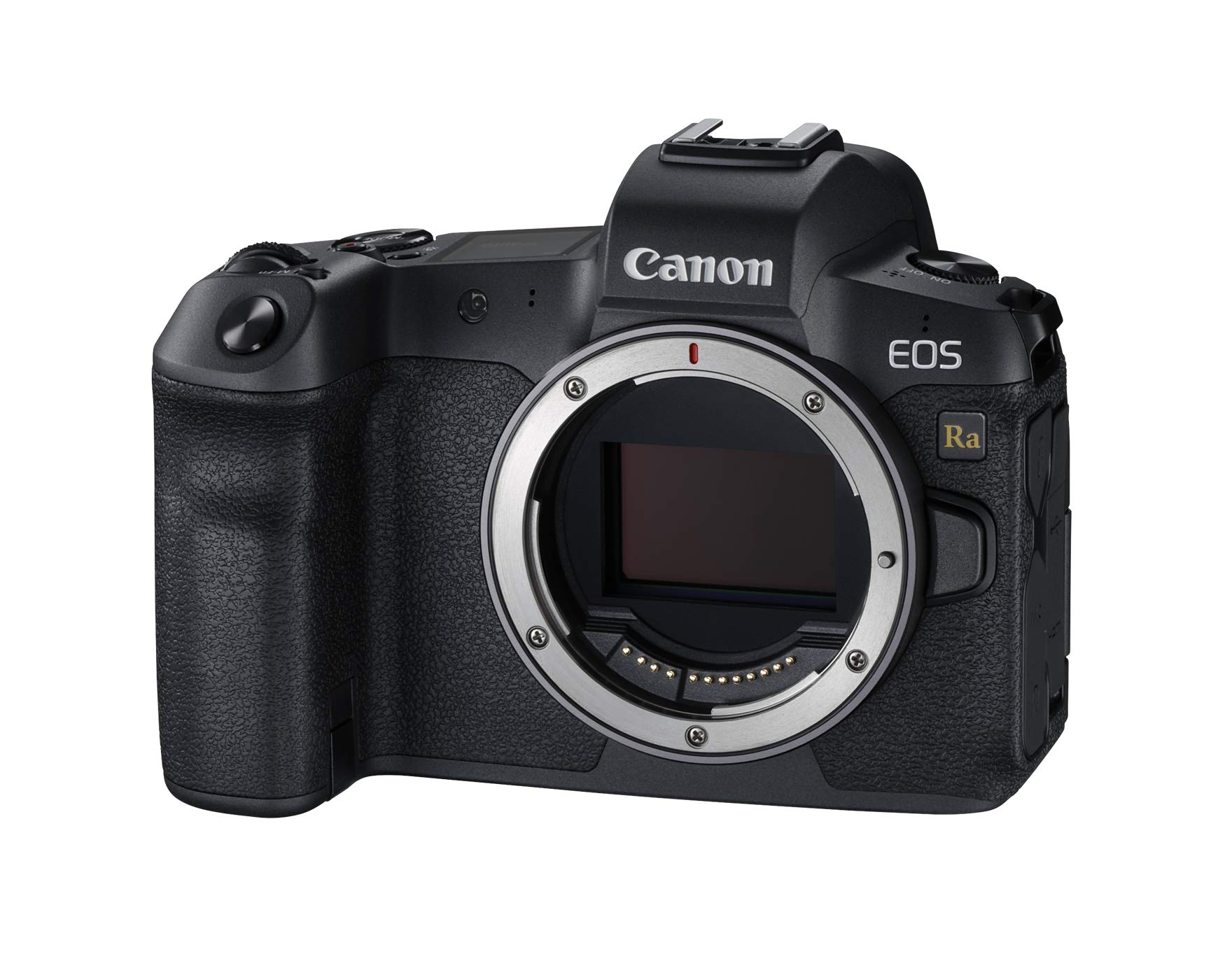
German boxer Alem Begich practicing a punch during training. The Canon EOS R5 combines the high resolution of the EOS 5DS with the high-speed shooting capabilities of the Canon EOS-1D X Mark III, making it ideal for capturing action-packed sports. Thanks to this, she won a place in the arsenal of Richard Walch. Taken on a Canon EOS R5 with a Canon RF 28-70mm F2L USM lens at 135mm, 1/800 sec, f/2.8 and ISO1000. © Richard Walch
Which is better, a traditional full-frame DSLR or a full-frame mirrorless camera from the Canon EOS R line? We asked leading sports photographer and Canon Ambassador Richard Walch to compare Canon’s full-frame cameras.
Richard Walch is one of the most experienced photographers in the world. He has been using Canon cameras professionally for over 25 years. Richard is known for his sailing and winter sports photography and works in the most extreme fast moving environments where there are no second chances to get a shot.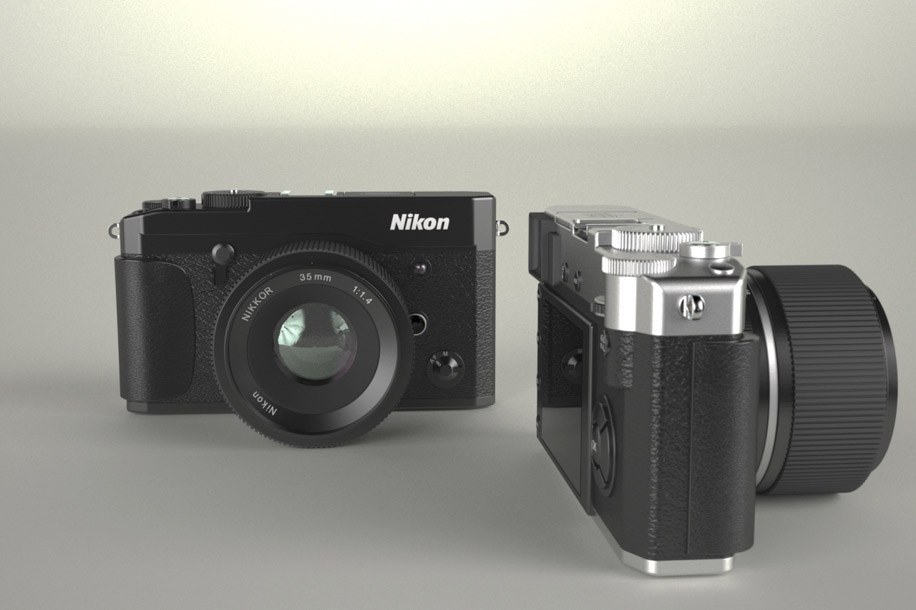
“Before I get started, I try to figure out which system is right for me,” he explains. “Canon offers a wide range of full-frame DSLRs and lenses for them. I like the quality, high durability and long battery life.”
Richard has gone from the EOS-1D X to the EOS-1D X Mark II and now to the EOS-1D X Mark III. He says the main benefit of this DSLR is that it doesn’t take a lot of getting used to, which is incredibly important when creating action scenes.
After testing the Canon EOS-1D X Mark III under the toughest conditions, Richard has given it space in his bag and takes it on missions that involve expeditions. © Richard Walch
However, Richard is the best in the business because he is always looking for new opportunities to take his photography to the next level. Now, for many projects, that opportunity is the new technology in the Canon EOS R system and its revolutionary RF lenses.
“I rely on technology to help me achieve the vision of my shots.
“For me, spontaneous images are the best, and the EOS R5 delivers stunning full-frame shooting in an ultra-portable body. Don’t forget that Canon has been working on the EOS line of digital SLR cameras for 30 years. They are very reliable and durable. So now I have a choice.”
How does he choose? What is the difference between full-frame DSLRs and the mirrorless full-frame EOS R system? What benefits does each offer from his professional point of view, and when does he use one over the other?
How do you decide what equipment to take on a shoot?
“The most important thing for me is how much free space I have and how much equipment I want to take with me. If we compare the Canon EOS R5 and EOS-1D X Mark III cameras, the main difference will be their weight and size – the EOS R5 is much more compact and much lighter.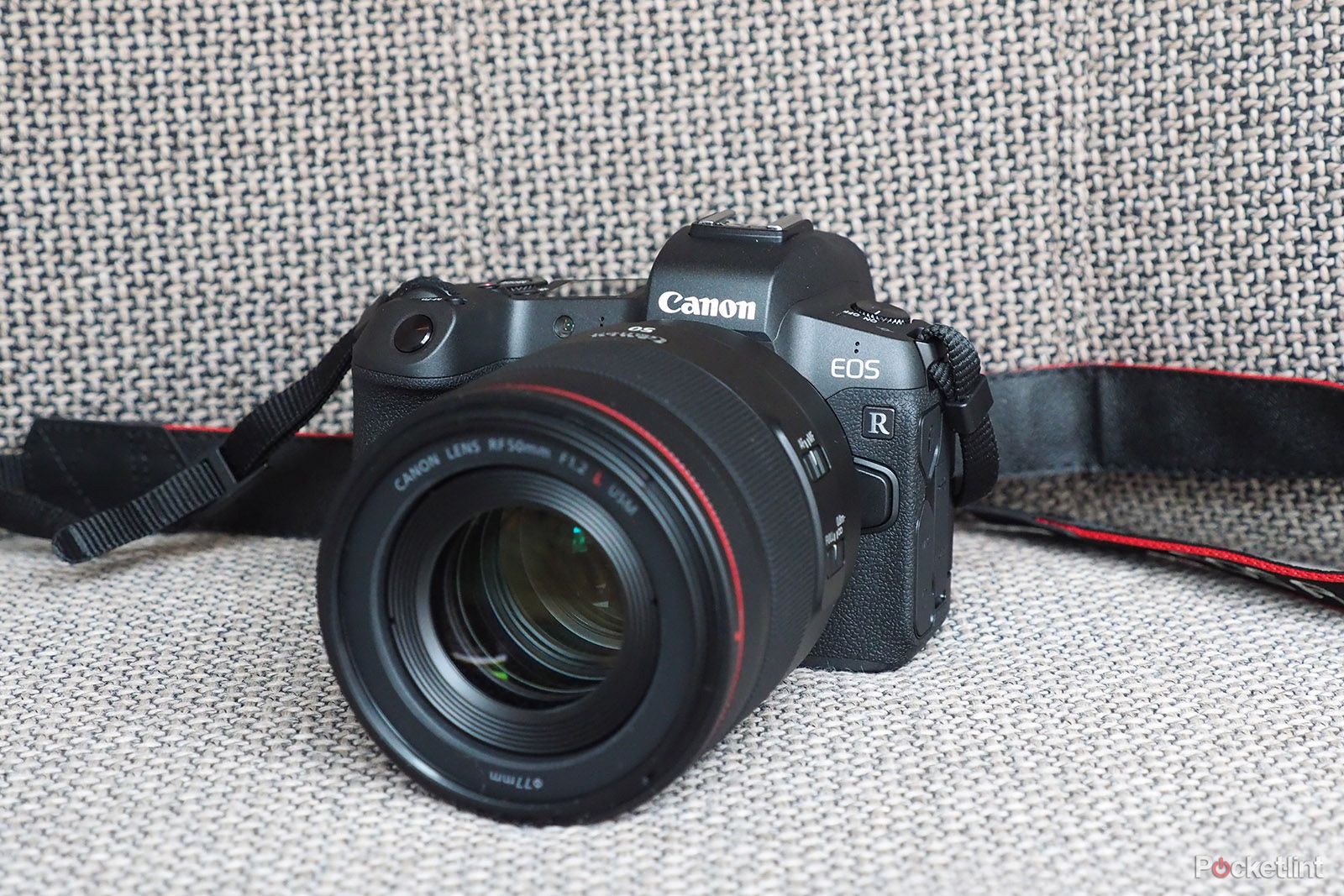
“For the professional photographer, the main benefit of the EOS-1D X Mark III is that it doesn’t take a lot of getting used to. Go from EOS-1D X to EOS-1D X Mark II and then to EOS-1D X Mark III? There is nothing easier. All controls have a very convenient location. In addition, the optical viewfinder allows you to establish natural contact with the subject. You seize the moment; you see a picture and take it. We’ve been using this method of shooting for decades now.”
Do you have Canon equipment?
Register your equipment and get access to free expert advice, equipment maintenance, exciting events and special offers – join the Canon Professional Services program.
Join CPS
The EOS-1D X Mark III is the most rugged camera in the Canon EOS line-up, and its powerful battery lasts for days of shooting. That’s why I always choose the EOS-1D X Mark III for expeditions or shooting in extreme conditions.
On the other hand, when shooting in less remote areas or in less challenging environments, I choose the EOS R5 for its superior performance.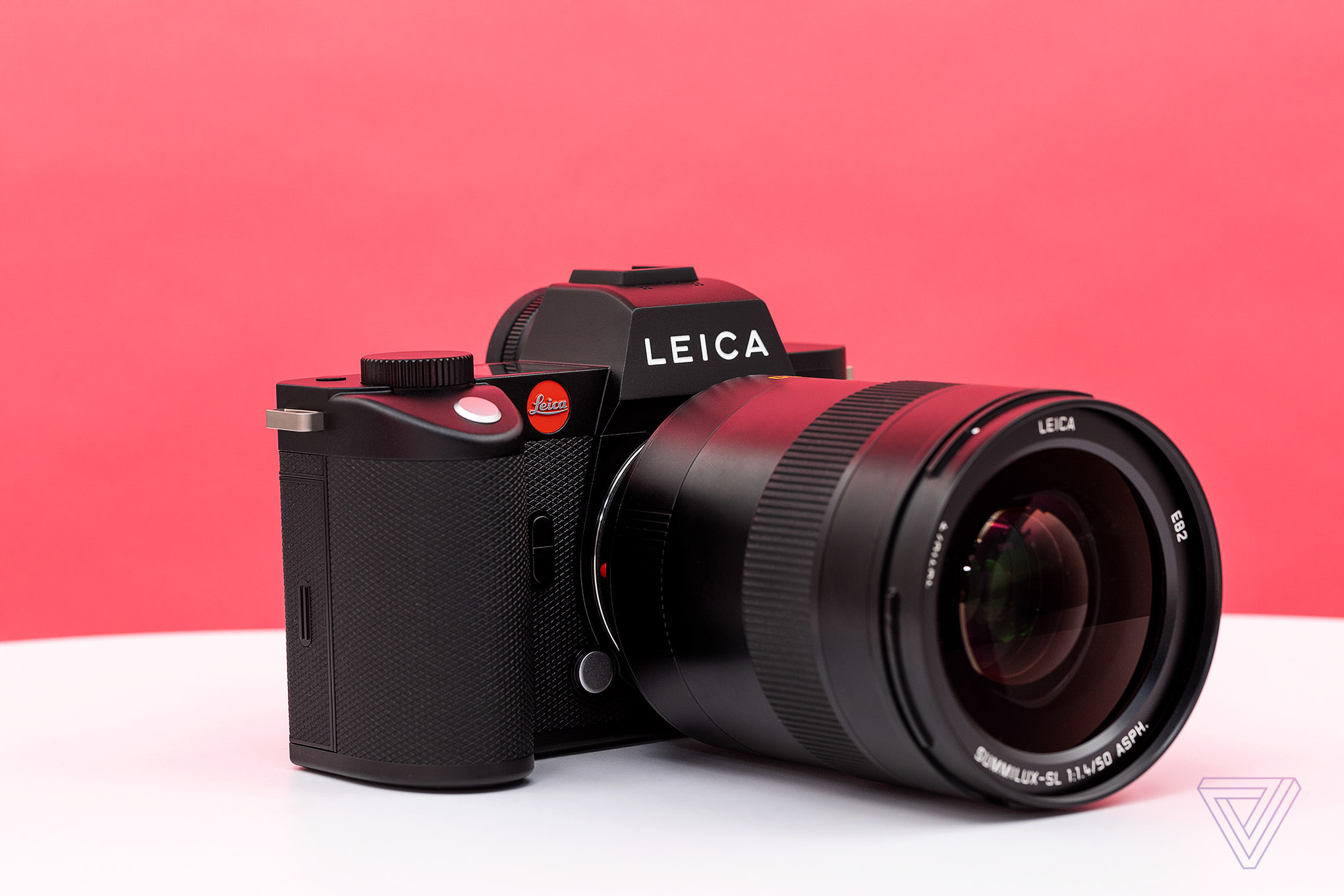
Striking multiple exposure image of a skier jumping. Taken on a Canon EOS-1D X Mark II (now succeeded by the Canon EOS-1D X Mark III) with a Canon EF 70-200mm f/2.8L IS II USM lens at 1/2000 sec, f /7.1 and ISO 200. © Richard Walch
In this photograph of a tightrope walker lit only by the flashlight he carries, the EOS R System demonstrates exceptional low-light performance. Taken on a Canon EOS R with a Canon EF 16-35mm f/2.8L III USM lens at 24mm, 1/500 sec, f/3.5 and ISO1000. © Richard Walch
What are the main advantages you have found with Canon EOS R system cameras over full-frame DSLRs such as the EOS 5D Mark IV?
“The EOS R5, EOS R6 and EOS R cameras deliver phenomenal low-light performance. They allow you to shoot in the dark! This is possible thanks to the electronic viewfinder [EVF] and LCD screen, as well as autofocus in low light conditions, which allow you to continue shooting after dark./cdn.vox-cdn.com/uploads/chorus_asset/file/13683335/DSCF6510.0.jpg)
“In addition, the controls are almost infinitely customizable, which means you can quickly select the shooting mode you want. Almost any function you want can be assigned to the RF lens control ring, such as exposure compensation or ISO.
Shooting with the electronic viewfinder has been a real eye-catcher – you’ll enjoy a completely realistic image when it comes to exposure and depth of field. You will certainly spend less time browsing files to check focus and exposure. This speeds up the shooting process so much that you can fully concentrate on the subject without distractions.
Since there are no mirrors in the EOS R System camera, it offers a silent shutter mode that allows you to take pictures in situations that were previously considered difficult.
When changing lenses with the camera turned off, the EOS R5, EOS R6 and EOS R automatically close the shutter to protect the image sensor. It is ideal for capturing action scenes in dusty or snowy areas.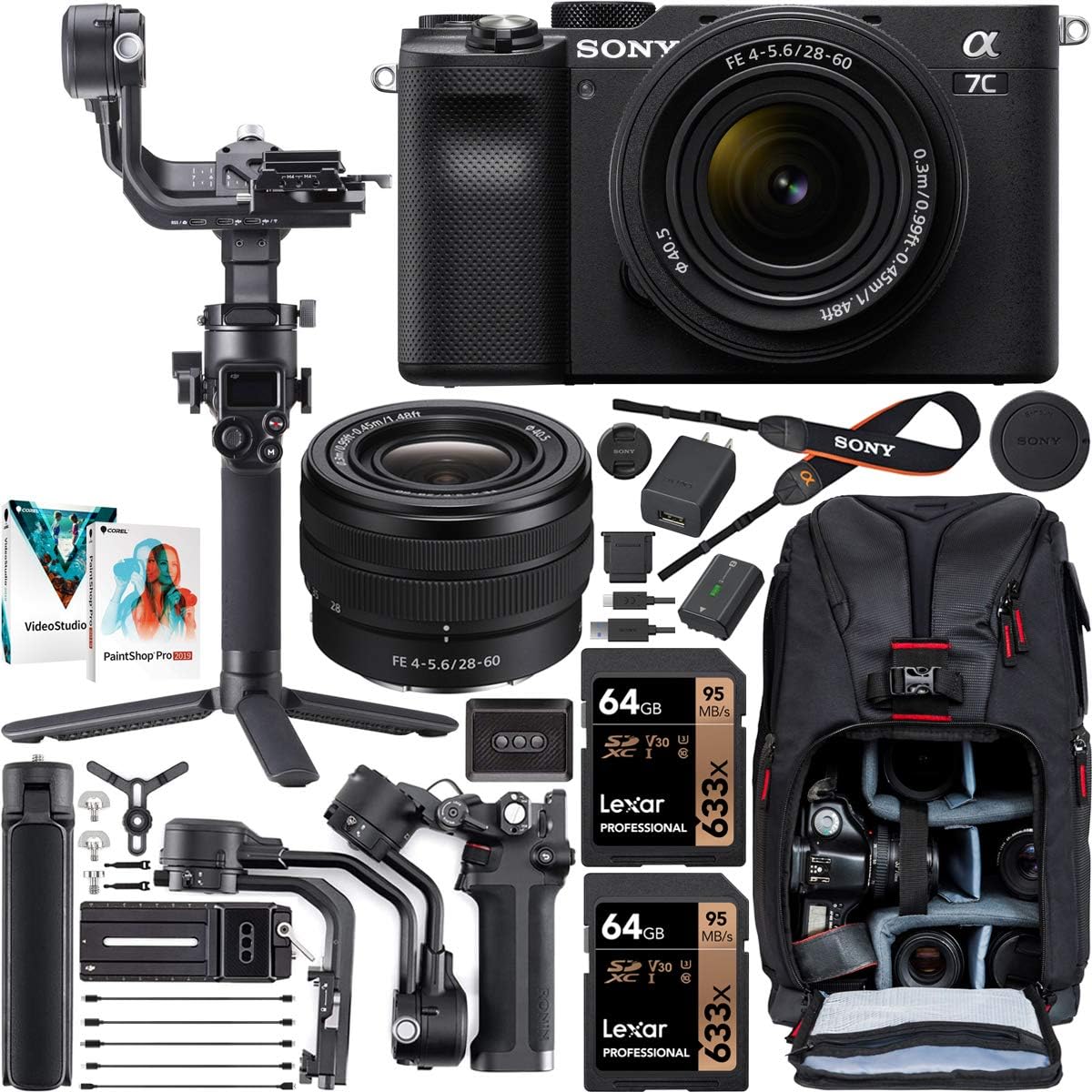
Impressive close-up of a speed bike at the AMC Haunstetten race track in Augsburg, Germany. Richard Walch thinks the Canon EOS R6’s compact size and light weight is definitely an advantage for some applications. Taken on a Canon EOS R6 with a Canon RF 100-500mm F4.5-7.1L IS USM lens at 500mm, 1/160 sec, f/7.1 and ISO100. © Richard Walch
Are there any downsides to shooting with an EOS R system camera?
“Of course, if you’re moving from one Canon DSLR to another, you don’t have to learn anything. The cameras of the EOS R System are somewhat different and take some getting used to. But if you want to take it to the next level, you need to put in some time.”
“Mirrorless cameras tend to use up battery life faster, so if shooting time is important to you, you can bring extra batteries with you or opt for a traditional DSLR.
It is also important to consider that mirrorless cameras are equipped with an electronic viewfinder. When shooting fast action, such as car racing, when you have to turn the camera sharply to the sides, even on the EOS R5 and EOS R6 cameras, there is a slight delay in the electronic viewfinder.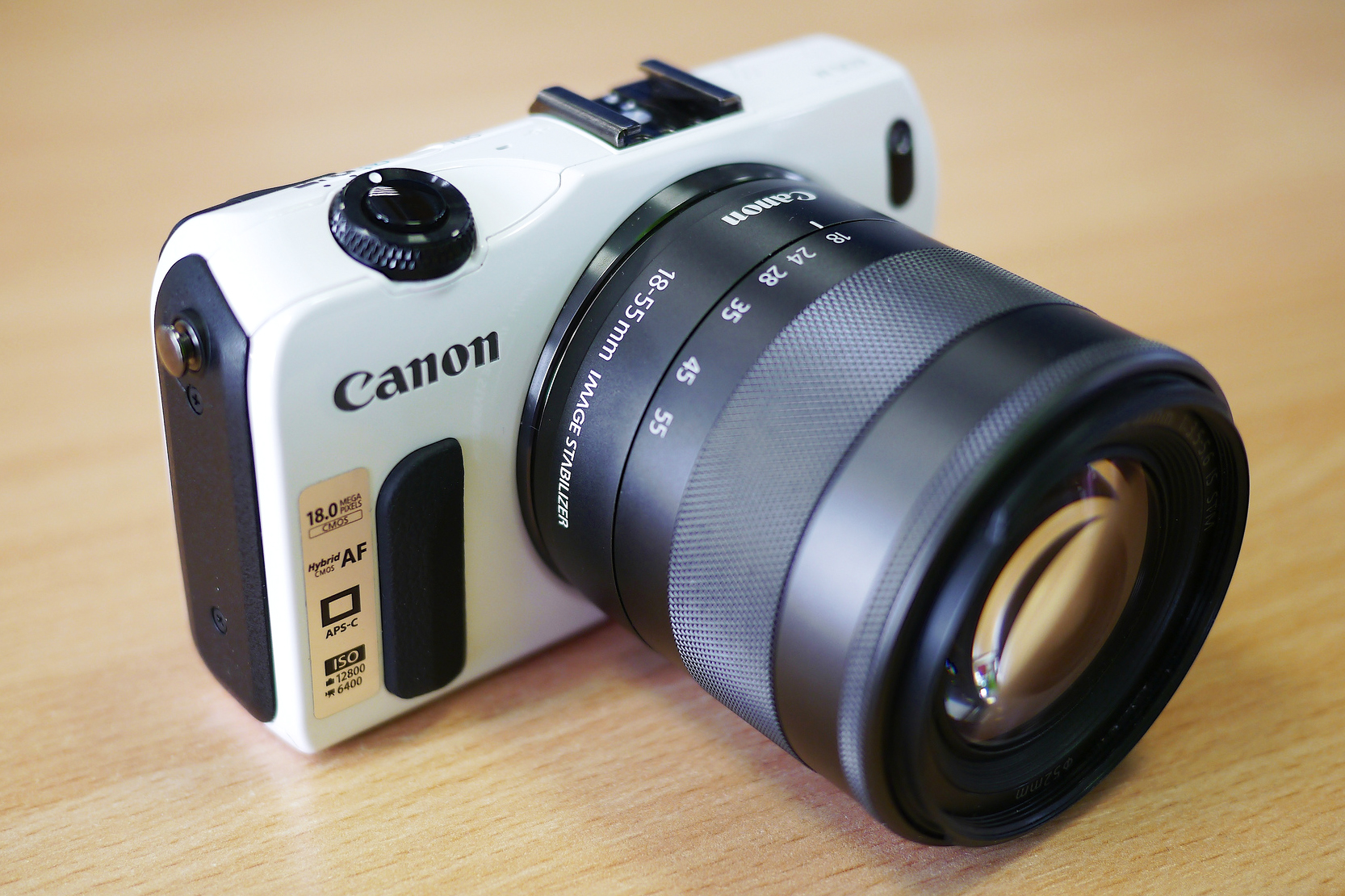
What about lens choices?
“Canon offers a wide range of EF and EF-S lenses for DSLRs. They can also be used on EOS R system cameras thanks to the clever EF-EOS R mount adapters. These adapters do not restrict light or change focal length like a teleconverter. The adapters are designed by the same engineers who designed the EF and RF lenses, so they deliver truly uncompromising quality and functionality.
“In fact, they’ve made it even more powerful with a control ring adapter that provides a new interface for EF and EF-S lenses. There is also a plug-in filter mount adapter that allows you to use, for example, an ND filter or a circular polarizing filter. I used the EOS R with telephoto lenses like the EF 600mm f/4L IS III USM and EF 200-400mm f/4L IS USM Extender 1.4x on safari and it did the job perfectly. You can trust the adapter.”
With built-in 5-axis image stabilization, the EOS R5 is stable even when using lenses without built-in image stabilization, such as the Canon RF 28-70mm F2L USM lens pictured here.
What can you say about the new RF lenses?
“The Canon EOS R System features a larger RF mount that makes a previously unattainable lens design possible. In addition, the quality of the lenses is truly exceptional.
I had the opportunity to test several RF lenses in action. The Canon RF 28-70mm F2L USM zoom lens has become my favorite. This is an L-series lens with fantastic quality made possible by the design of the RF mount. I like its versatility and the shallow depth of field that comes with opening down to f/2. It’s just magical.”
Wakesurf with Signal Lights: Testing the Canon EOS-1D X Mark III Camera
Low light, high speed and lots of water… Extreme sports photographer Richard Walch hosts the toughest test yet for the new EOS-1D X Mark III .
Learn more
“It’s quite heavy, but it can replace three prime lenses. If you normally use 28mm, 50mm and 85mm lenses, you can leave them at home and only use this zoom.
“For example, a wedding photographer might take one camera and one zoom lens. They will work faster and be completely silent.”
“If you’re looking for compact, affordable gear, the combination of the small, lightweight Canon RF 35mm F1.8 Macro IS STM and RF 85mm F2 Macro IS STM lenses is the perfect fit. In addition, there is a trio of professional zoom lenses – Canon RF 15-35mm F2.8L IS USM, RF 24-70mm F2.8L IS USM and RF 70-200mm F2.8L IS USM – that can be supplemented with specialized models, including the incredibly versatile Canon RF 100-500mm F4.5-7.1L IS USM lens.
“A range of fast RF lenses, such as the Canon RF 50mm F1.2L USM, proves that the EOS R System delivers high performance in low light. It allows you to work with really shallow depth of field. And the optical design is so good that they can be used with the maximum aperture. You don’t have to stop to get clear images. Of course, at full aperture, the depth of field is so shallow that you need precise autofocus.
Richard used the EOS R to photograph German tightrope walkers on the northwest coast of Ireland for the One Inch Dreams project. The team performed death stunts, so there was no way to retake shots, but thanks to the EOS R System’s low-light autofocus, every shot of Richard came out right the first time. Taken on a Canon EOS R with a Canon EF 11-24mm f/4L USM lens at 1/640 sec, f/5.6 and ISO640. © Richard Walch
How is autofocus different?
“The EOS-1D X Mark III offers an impressive autofocus system that is ideal for shooting sports and action scenes, but when developing the EOS R5 and EOS R6, engineers have gone to great lengths to make autofocus even better. And in fact, the magic of these two cameras lies in the eye recognition technology, which works on both humans and animals. She’s incredible.”
“All three devices have a built-in deep learning autofocus system that analyzes hundreds of thousands of different images. Therefore, when the camera sees a snowboarder, she understands that he is wearing a protective helmet and goggles.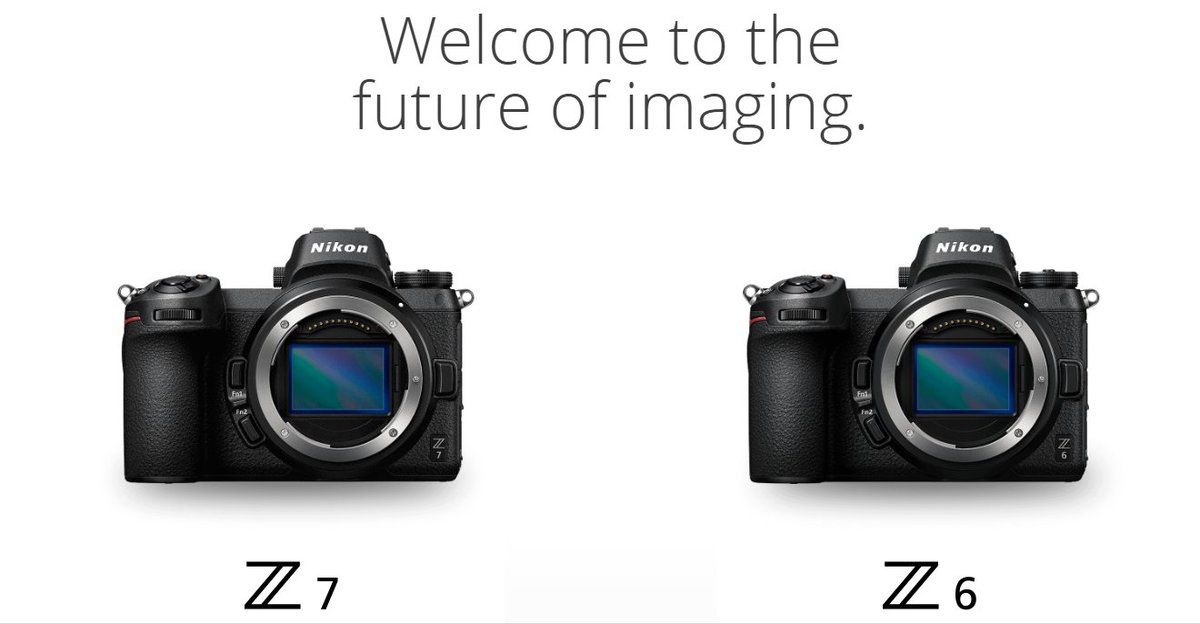
Richard is known for capturing action-packed scenes in all conditions, such as this photograph of a horse race taken from an unusual angle. Taken on a Canon EOS-1D X Mark II at 1/2500 sec, f/4 and ISO250. © Richard Walch
What type of camera is best for recording movies?
“This is a difficult question to answer as each camera has its own advantages. It’s amazing that the EOS R5 can internally record in 8K 12-bit RAW and 10-bit 4:2:2 in a small size, something that was absolutely impossible before. The EOS-1D X Mark III is larger and more durable. Its battery life allows you to shoot longer in 4K RAW or 8-bit 4:2:2.
If you want to shoot in 4K at 120 fps, the only camera you can do is the EOS R5. The EOS-1D X Mark III and EOS R6 only support 4K up to 60fps, while the EOS R and EOS 5D Mark IV only support 4K up to 30fps.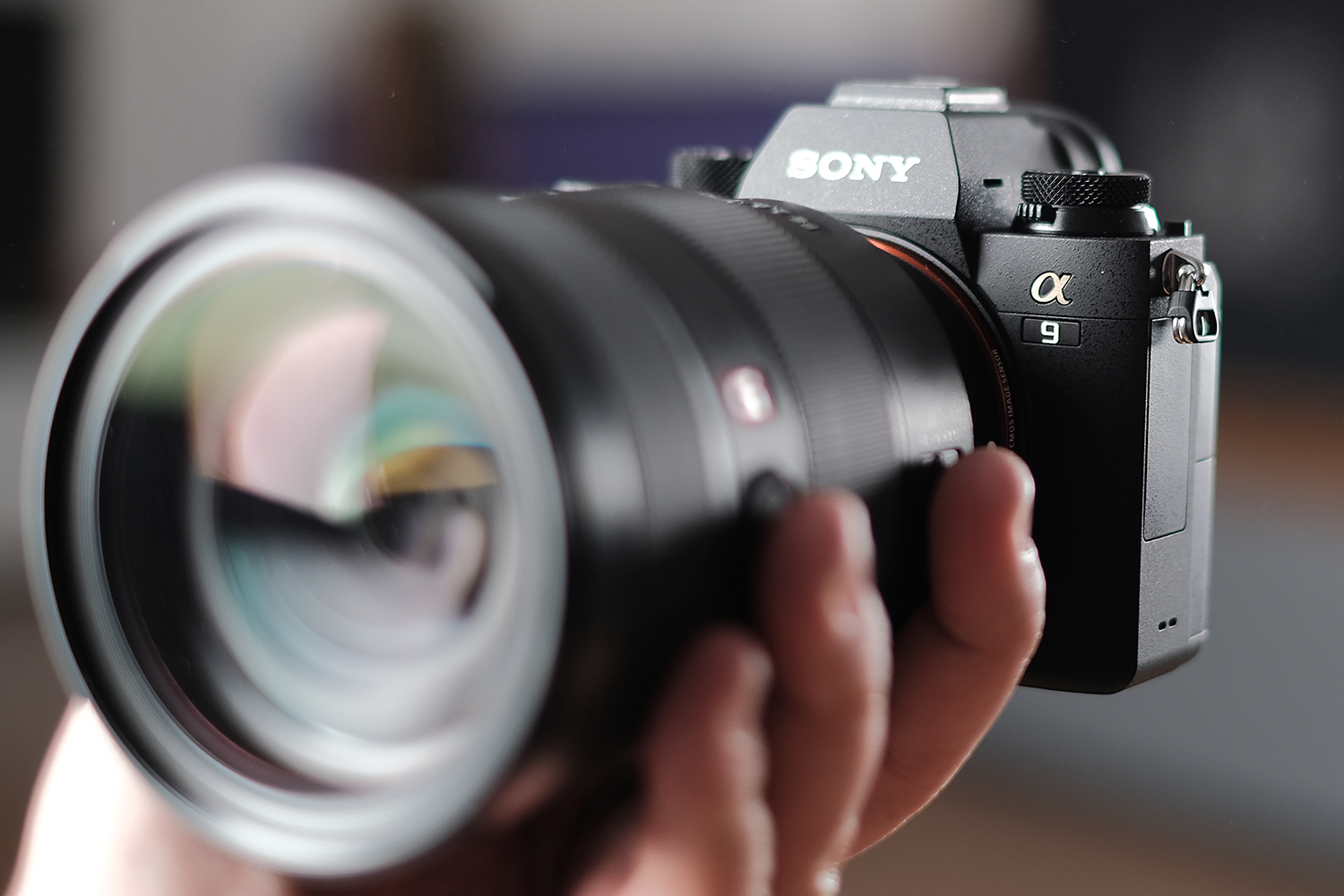
“It doesn’t matter if it’s a mirrorless camera or a DSLR. Unlike the EOS-1D X Mark III, the EOS R5, EOS R6 and EOS R cameras allow you to shoot from different angles with ease thanks to the adjustable-angle touch screen. These models feature Dual Pixel CMOS AF for smooth, precise focusing when recording video, but touch AF is easier to use on the EOS R’s tilting screen.
The EOS R5, EOS R6 and EOS-1D X Mark III are also powerful video cameras with their advanced autofocus system and touch display. The ability to focus on your subject with a single tap on the rear screen is incredibly useful when you’re shooting alone.
What is your ideal combination now?
Before the introduction of the EOS R5, the EOS-1D X Mark II was the go-to camera for action sports, and the EOS R was seen as the go-to solution for parties where you need to be fast and stealthy while still working in low light.
When I go to the mountains, the weight of the equipment becomes one of the main criteria, and now my ideal combination was the EOS R5 camera with an additional battery grip that allows you to work longer without recharging, and a trio of professional RF f/2.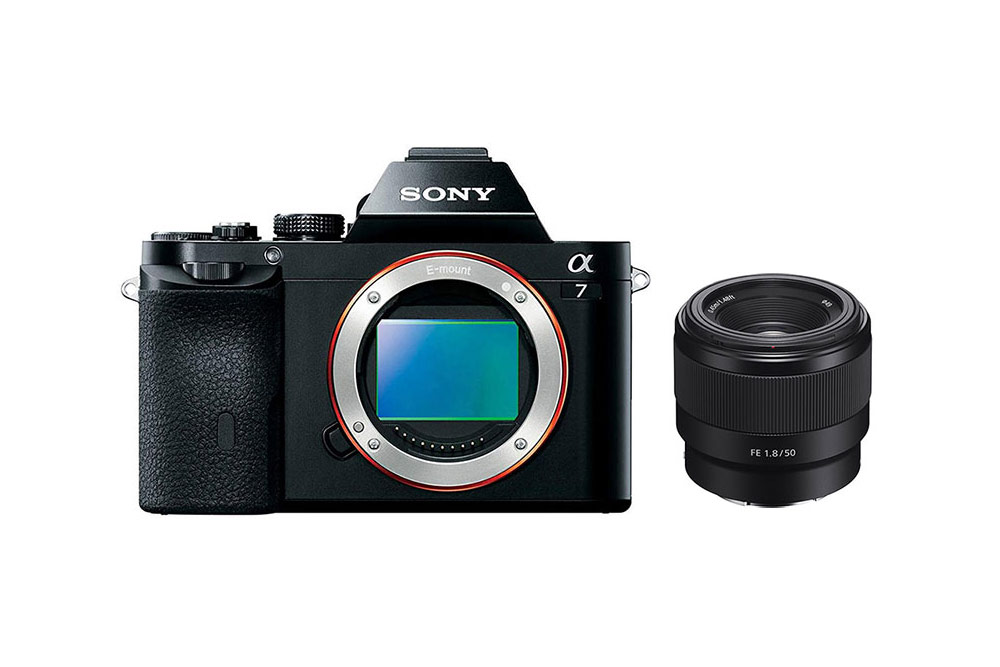
When durability and longevity are most important, I use the EOS-1D X Mark III. However, the EOS R5 and EOS R6 are very powerful cameras, especially considering their weight and size. Therefore, these two cameras are ideal for you if their advantages are important in your work, and also if you are trying to use the most advanced technologies.”
By Adam Duckworth
Equipment by Richard Walch
Equipment that professionals use to take pictures
Canon EOS R5
A full-frame mirrorless camera that opens up new creative possibilities for photographers and videographers. “It delivers amazing full-frame shooting quality in an ultra-portable body, and it’s loaded with features that let you expand your creative options,” says Richard.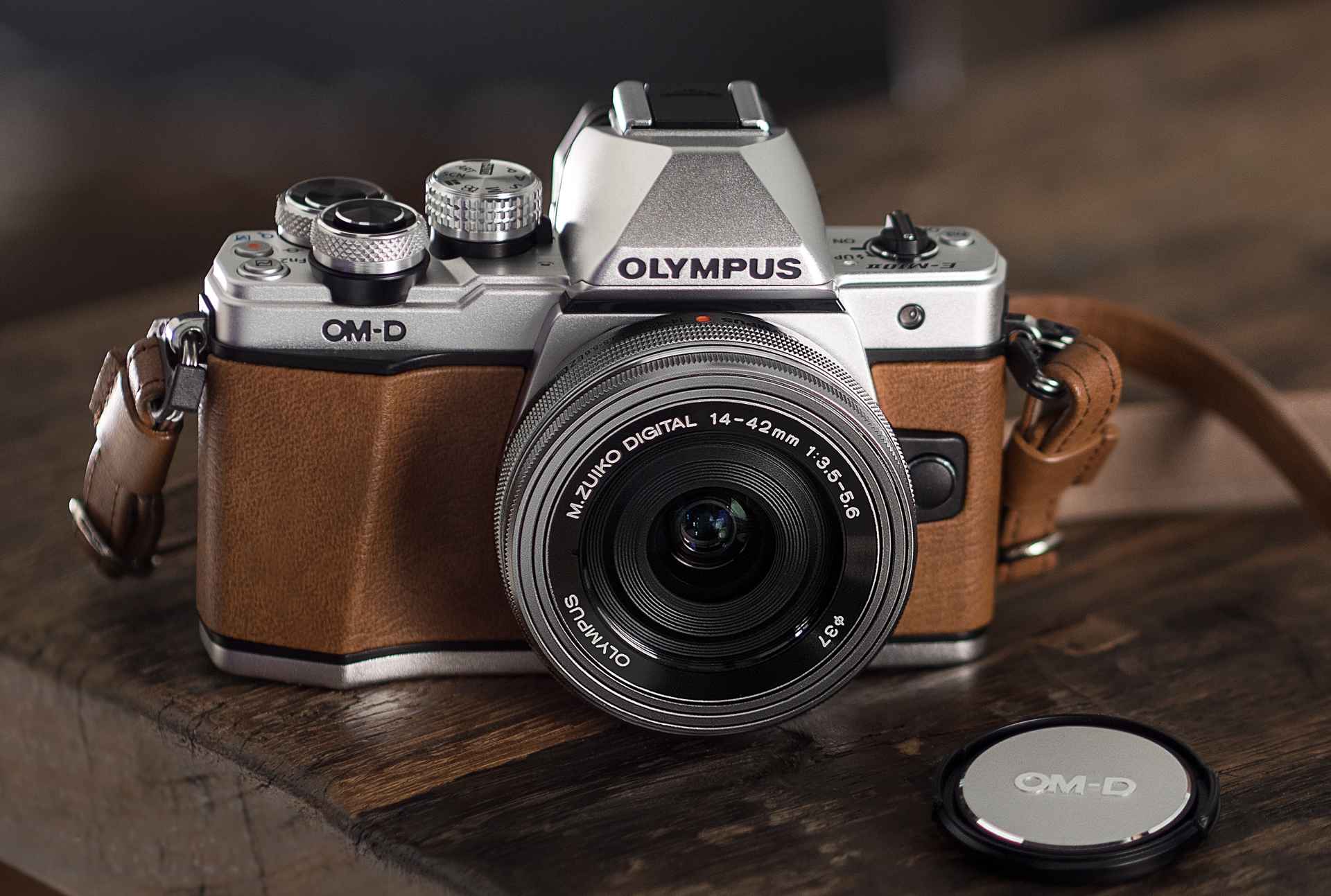
More information
Canon EOS-1D X Mark III
The Canon EOS-1D X Mark III delivers class-leading performance with a highly sensitive 20.1 MP full-frame CMOS image sensor, deep learning autofocus, and support for shooting video in 5.5K RAW. “When it comes to shooting action scenes, it’s hard to beat,” says Richard. “Lightning fast autofocus even at 20 fps so you never miss a shot.”
Additional information
view more Hide Additional
Canon RF 28-70mm F2L USM
This lens is 28- 70mm at f/2 delivers the superb image quality of a fixed-lens lenses. The f/2 aperture, which is maintained throughout the zoom range, allows you to capture stunning images in low light. “An L-series lens with fantastic quality made possible by the new RF mount design,” says Richard.
Additional information
Canon RF 70-200mm F2.8L IS USM
This zoom-object 70-200 mm with a diaphragm f/2.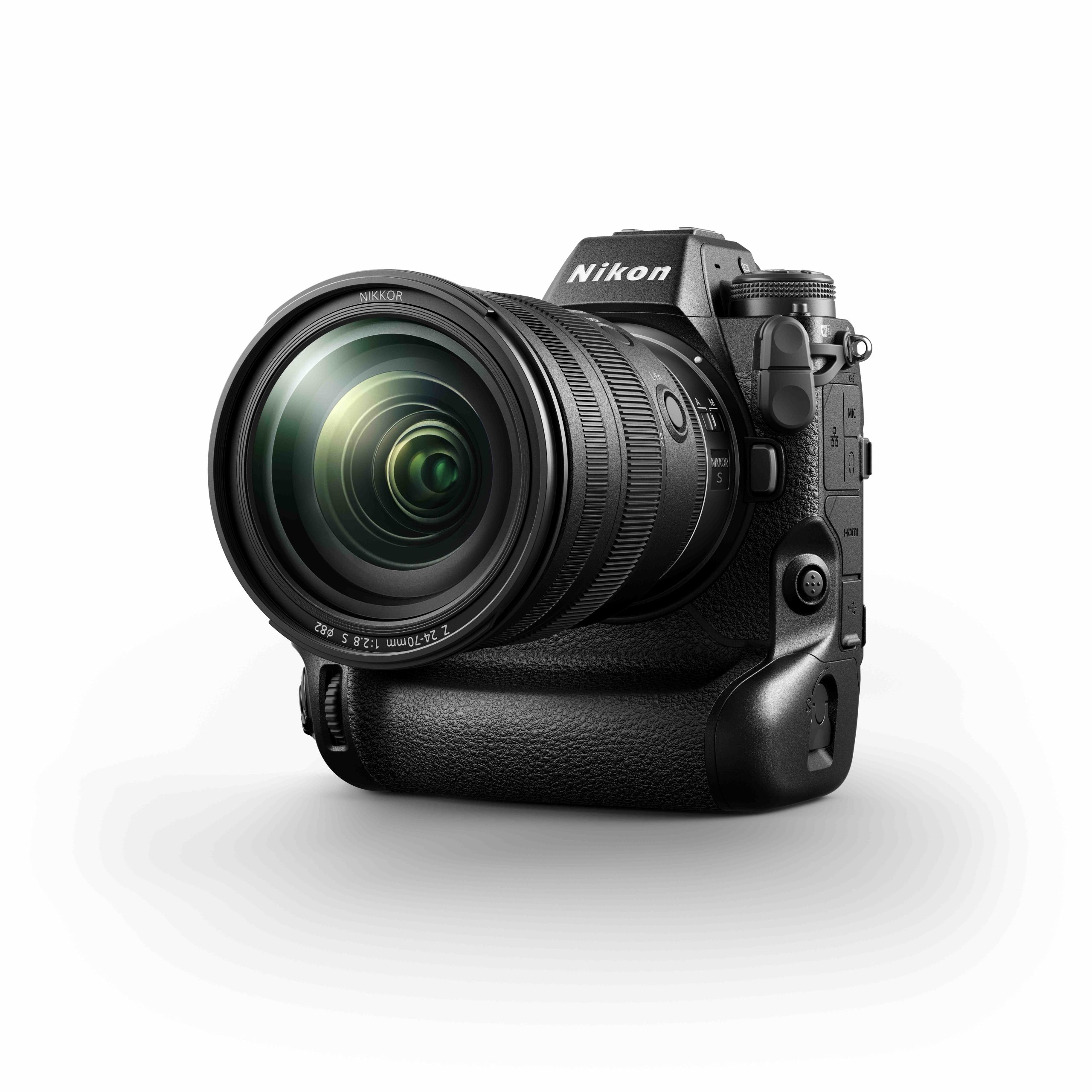
Additional information
Canon EF 200-400mm f/4L IS USM Extender 1.4x
Professional 200-400mm f/4 lens with built-in 1.4x extender that extends focal lengths to 280-560mm. A 4-stop Image Stabilizer ensures maximum sharpness. Intuitive controls for ease of use.
More information
Canon EF 16-35mm f/2.8L III USM
A constant maximum aperture of f/2.8, Large Diameter Dual Surface (GMo) lenses, and Advanced Air Sphere and Subwavelength Coating make this possible. premium ultra-wide-angle zoom lens for exceptional image quality even in low light.
More information
Canon EF 11-24mm f/4L USM
This super-wide-angle, straight-line zoom lens has minimal distortion throughout the zoom range and captures the world around you from incredible perspective.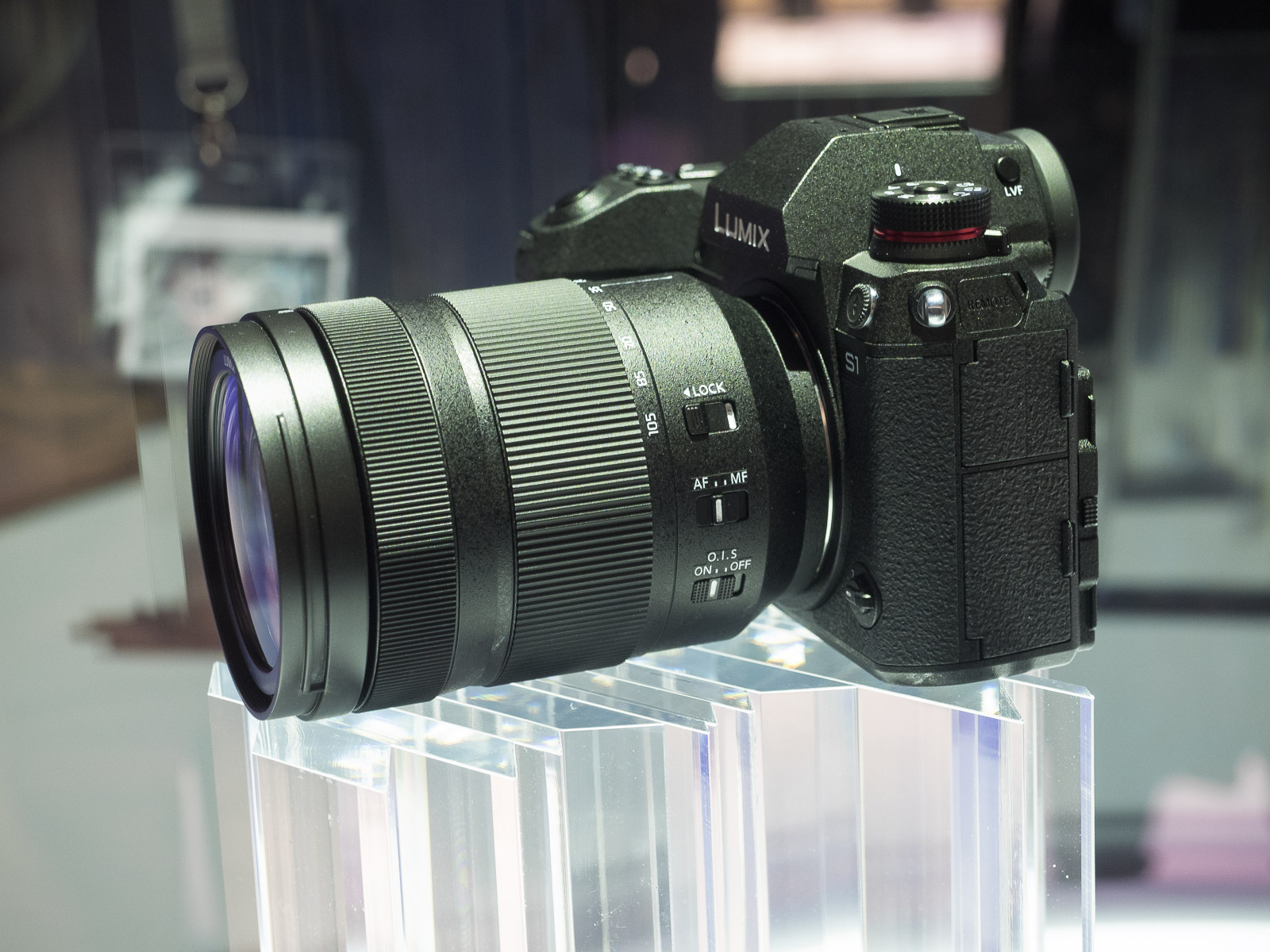
Additional information
view more Hide Additional
Canon EF-EOS R Mount Adapter
EOS R system adapters provide full compatibility with Canon EF and EF-S lenses, giving Canon EOS R5, EOS R6 and EOS R owners who already own a DSLR camera EOS, the ability to use existing lenses. According to Richard, the EOS R System cameras support EF and RF lens communication protocols by default, so they are compatible with models from both lines.
Additional information 9 Hide Additional
-
ARTICLE
Shooting birds of prey at dusk with the EOS-1D X Mark III
How does Canon’s flagship action camera perform when used to capture fast birds in low light? Wildlife photographer Markus Varesvuo figured it out for you.

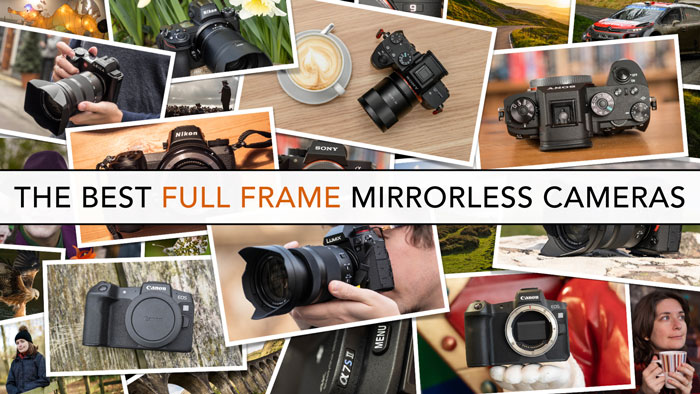
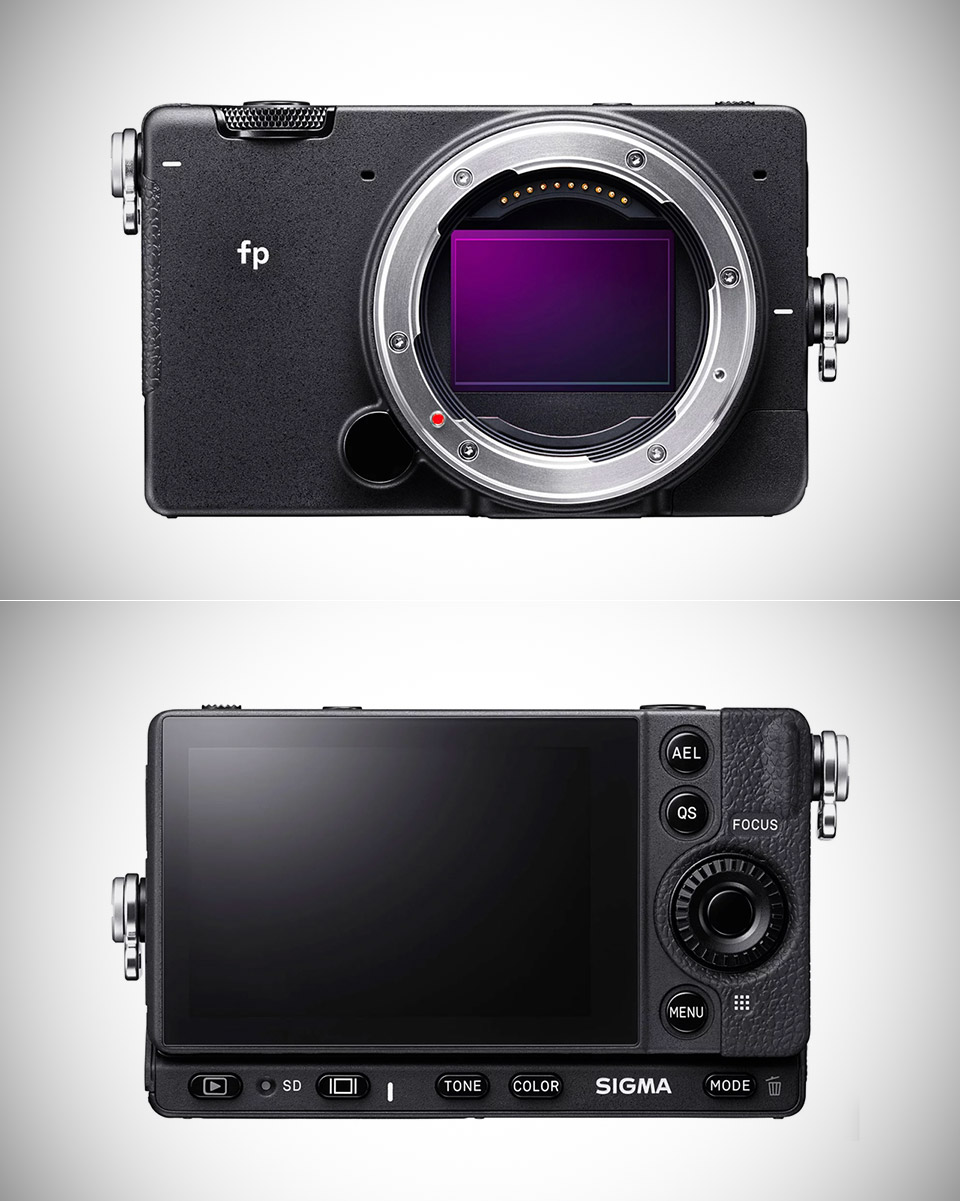
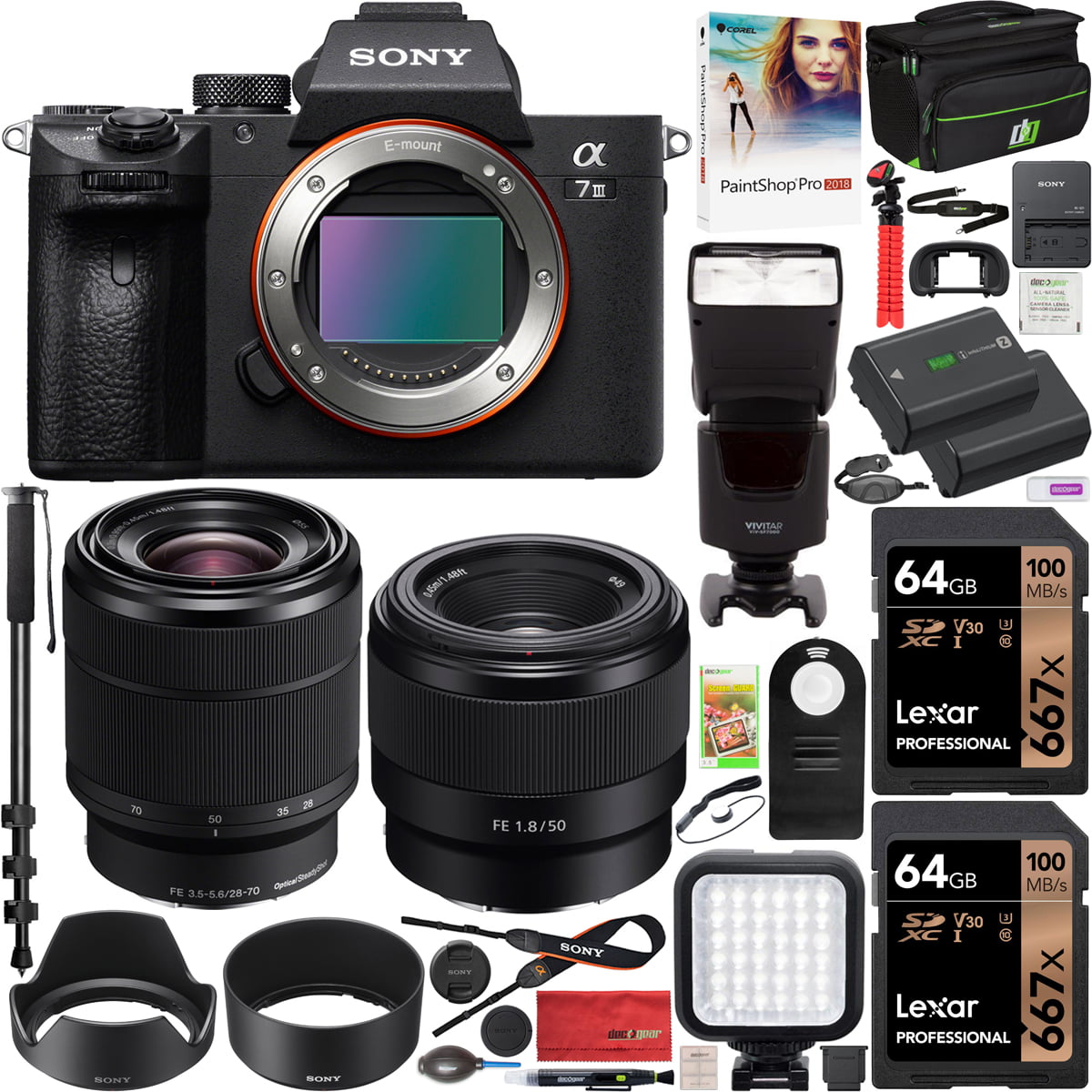 However, some of our cameras can be fine-tuned for different forms of moving subject – great for sports, action and wildlife photographers.
However, some of our cameras can be fine-tuned for different forms of moving subject – great for sports, action and wildlife photographers.